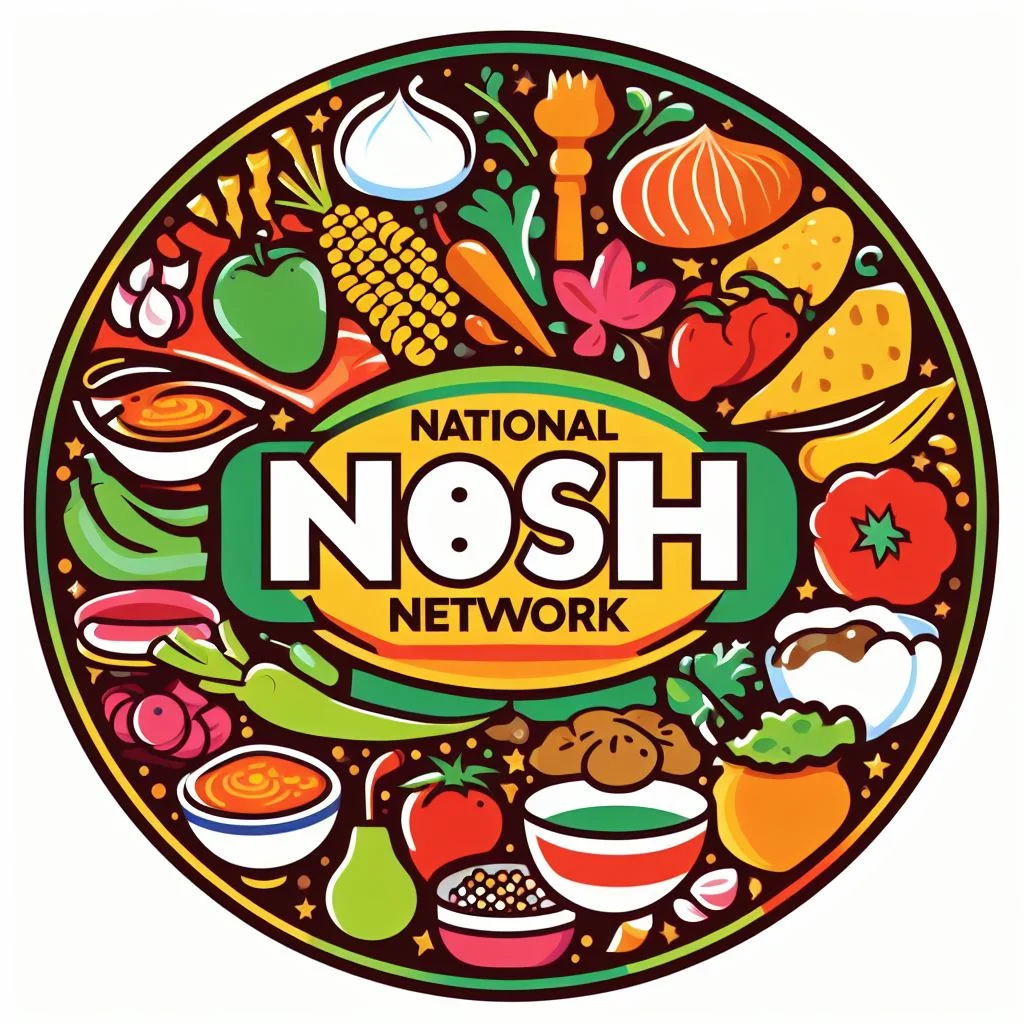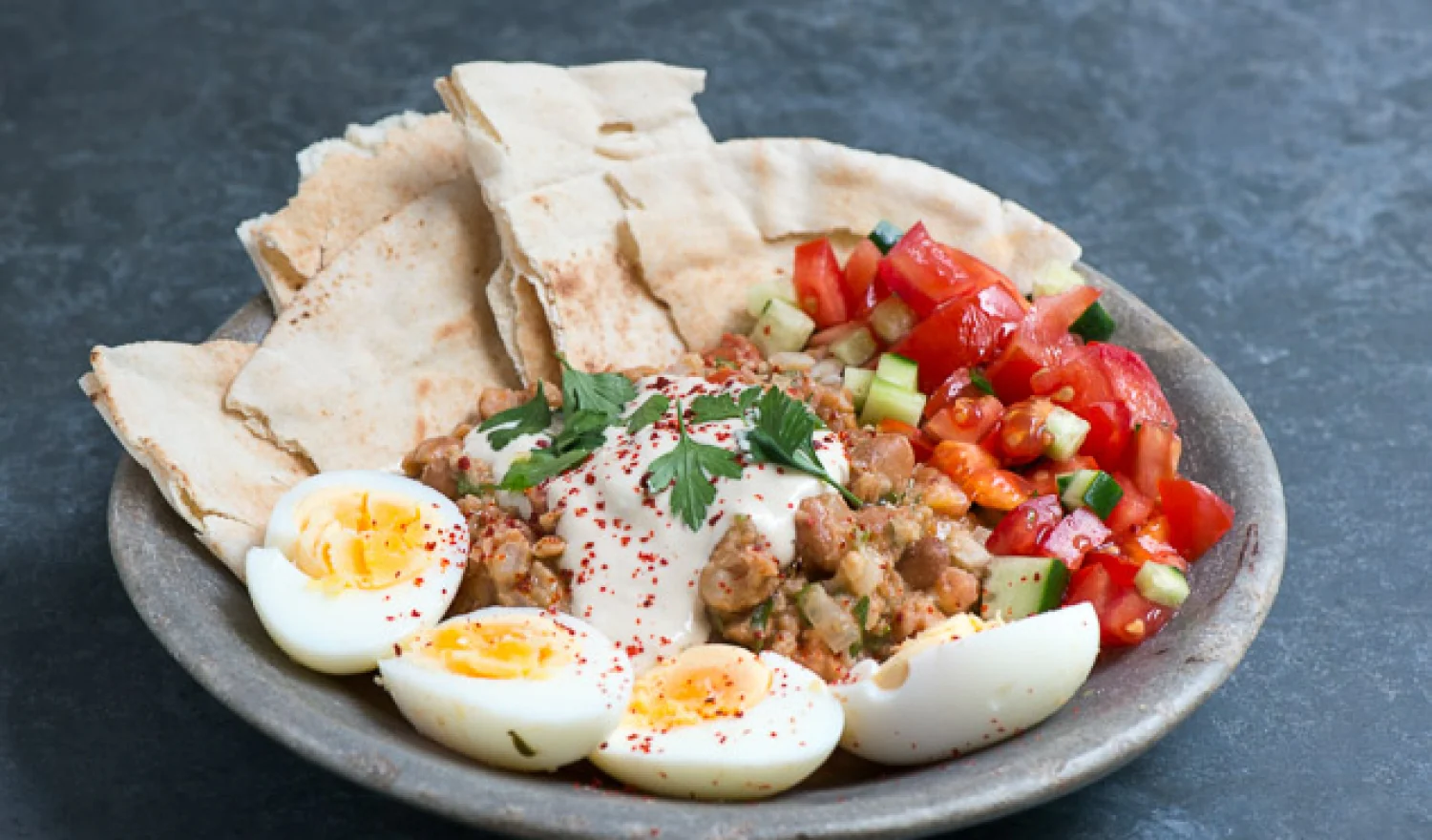Take Me to the Recipes
Imagine a land where ancient sands whisper tales of pharaohs and pyramids, where the life-giving Nile River nourishes fertile valleys bursting with flavor. This isn’t just a scene from a history book; it’s the very heart and soul of Egyptian cuisine, a culinary adventure as rich and vibrant as its 5,000-year history.
But Egyptian food is more than just falafel and hummus (though those are delicious too!). It’s a tapestry woven from sun-kissed ingredients, ingenious culinary techniques, and a deep connection to the land. Each bite tells a story – of resilience under scorching sun, of trade routes bringing spices from afar, and of traditions passed down through generations.
Intrigued? So are we! Join us on a delectable journey as we explore the fascinating influences that have shaped Egyptian cuisine. From the fertile Nile Delta to the bustling spice markets, we’ll uncover how history, geography, and climate have conspired to create a cuisine that is as unique as it is delicious.
So, grab your imaginary fork and prepare to tantalize your taste buds. We’re about to embark on a culinary expedition that will transport you to the heart of Egypt, one flavorful bite at a time.
Take Me to the Recipes
Key Takeaways:
- Egyptian cuisine boasts a rich culinary heritage with unique flavors and traditional recipes.
- The country’s history and diverse cultural influences have played a significant role in shaping the flavors of Egyptian dishes.
- Exotic spices and a focus on fresh, locally sourced ingredients are a hallmark of Egyptian cuisine.
- From street food to high-end restaurants, Egyptian food is gaining popularity worldwide as a must-try cuisine.
Where is Egypt?

Egypt is located on the northeast corner of the African continent. It is bordered by Libya to the west, Sudan to the south, Israel to the northeast, the Red Sea to the east, and the Mediterranean Sea to the north.

Index to Article
- Take Me to the Recipes
- More Articles
- 10 Interesting Facts about Egypt
- Egyptian History and the Effect It Has Had on the Cuisine
- How the Egyptian Climate and Geography has Influenced the Cuisine
- Understanding the Essence of Egyptian Cuisine
- The Influences in Egyptian Cuisine
- Traditional examples of Egyptian Food
- Egyptian Food Ingredients
- Exotic Spices and Flavors
- Exploring Egyptian Street Food
- The Most Popular Egyptian Recipes
- How Healthy is Egyptian Food
- Egyptian Recipes You Can Try at Home
- Conclusion
- FAQ’s
You may also Enjoy the Following Articles
- North and South American Cuisine – A Culinary Expedition
- Europe Cuisine: Savor the Continent’s Best Culinary Secrets!
- African Cuisine: Discover the Bold Flavors & Global Charm!
- Asian Cuisine Unlock its Secrets – Taste, Health & Global Influence!
- Oceania Cooking: A Culinary Journey Through the Pacific
Savor iconic Egyptian Food Recipes – Click on each tantalizing picture to open up the Recipe.
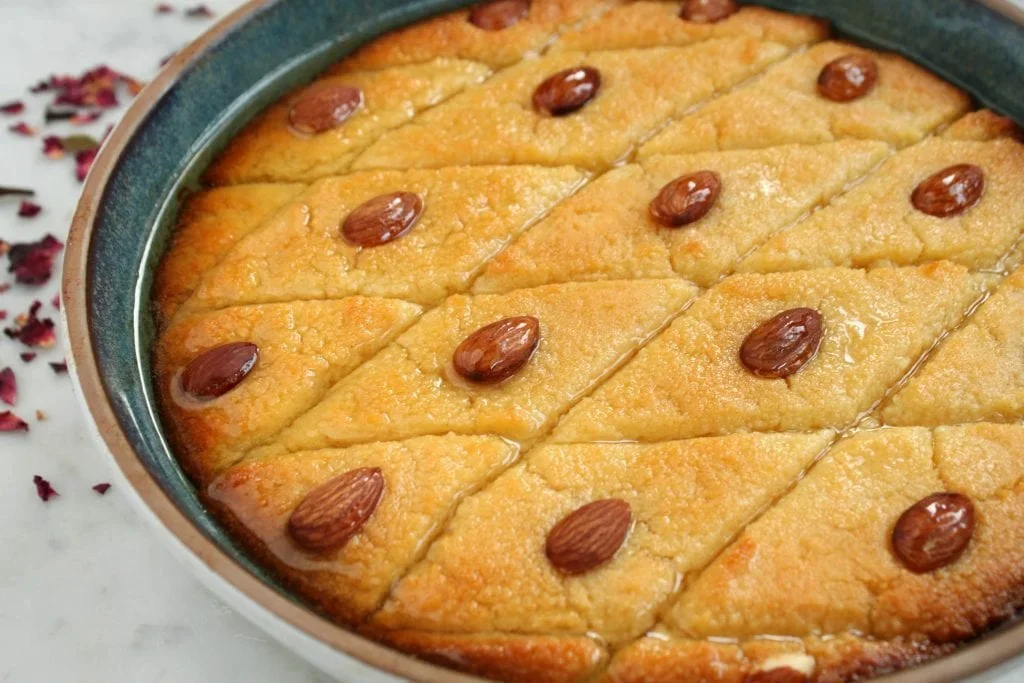
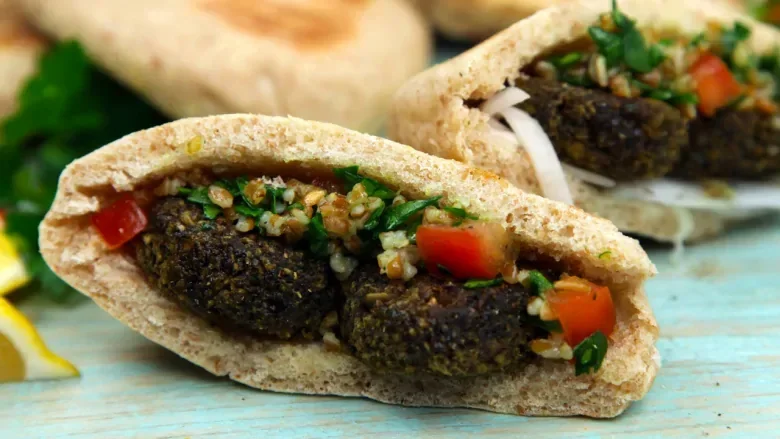
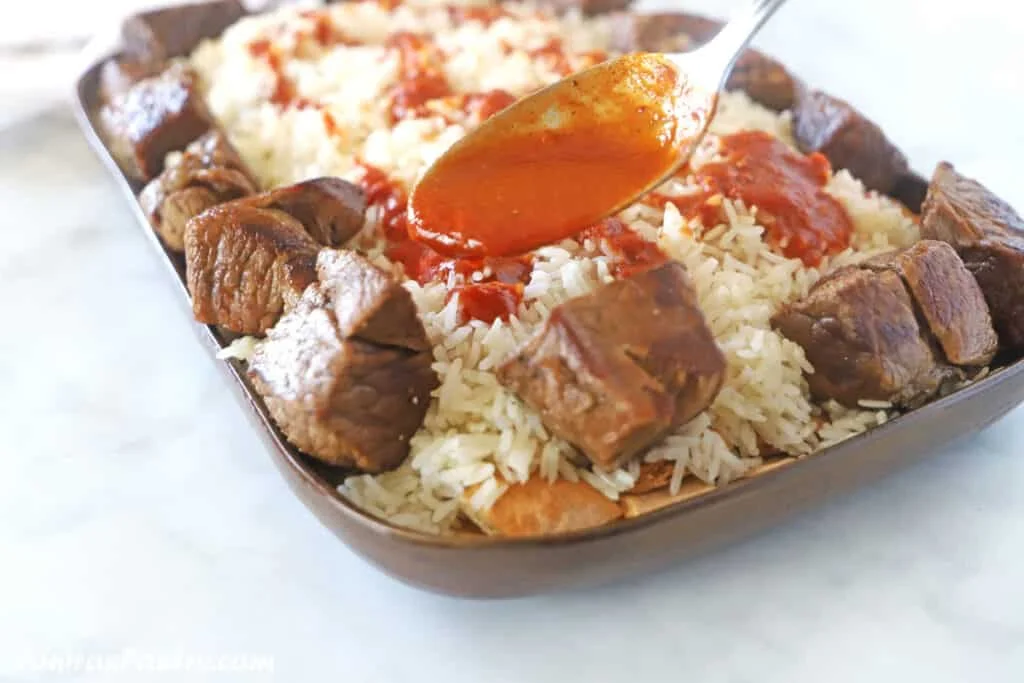
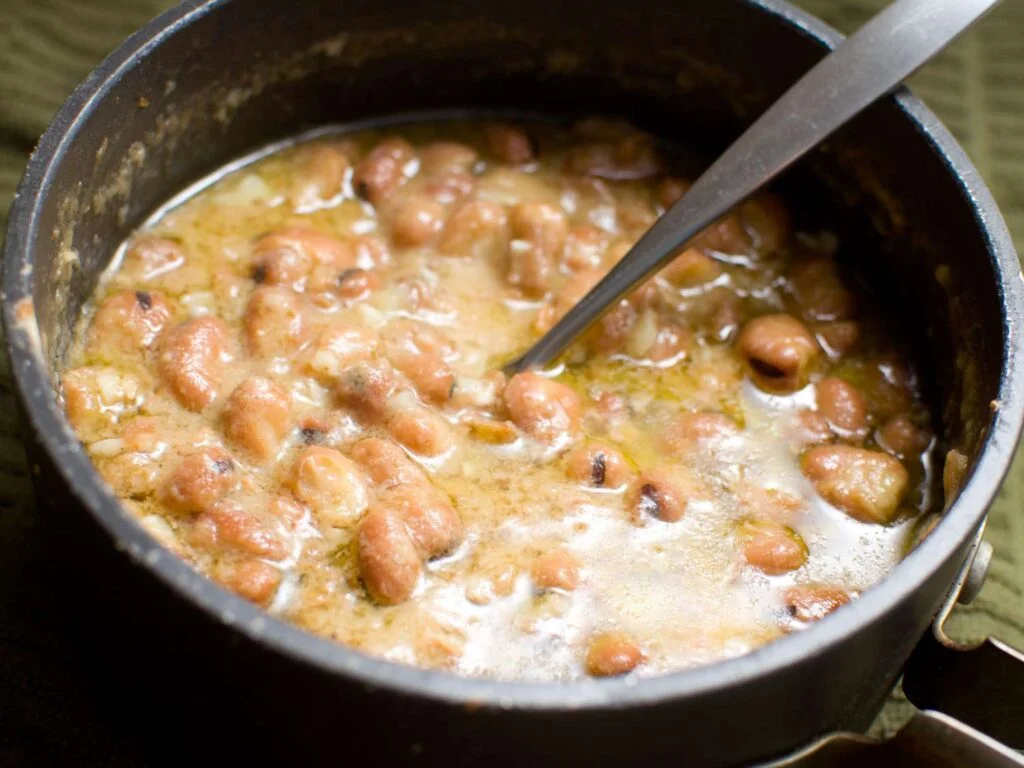
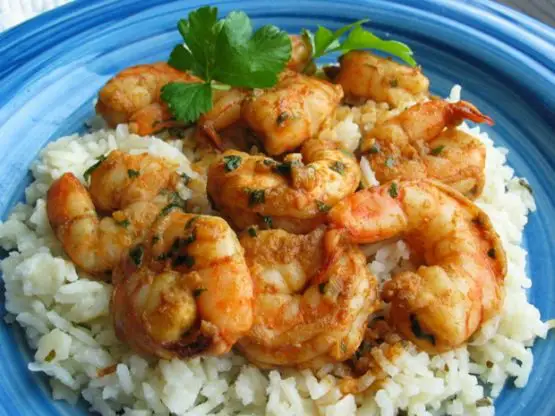
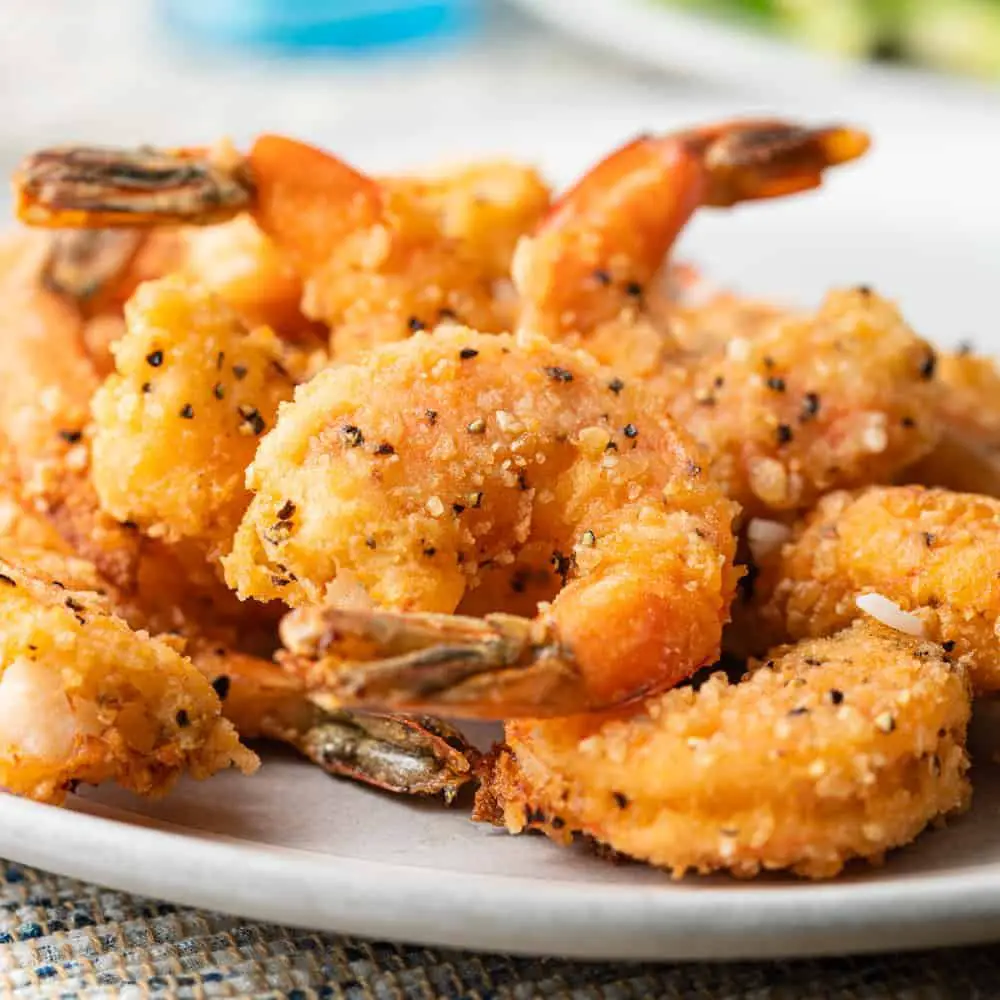
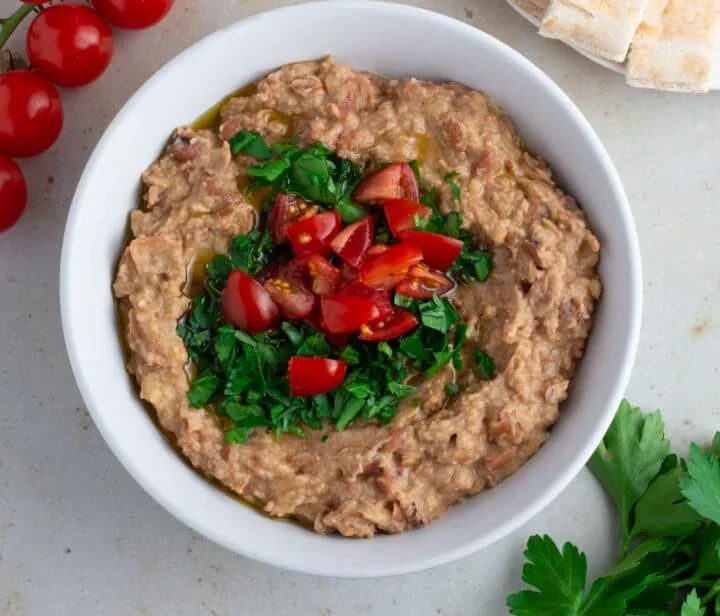
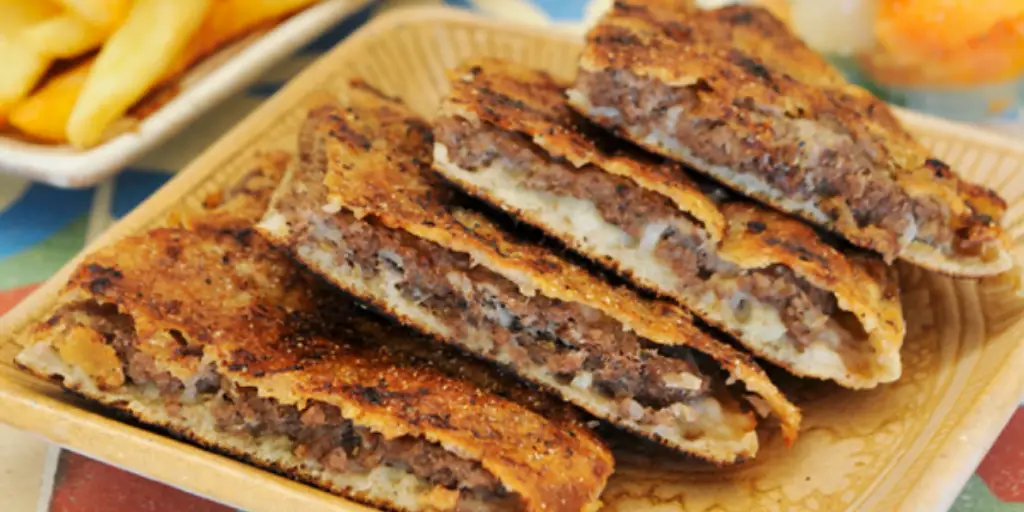
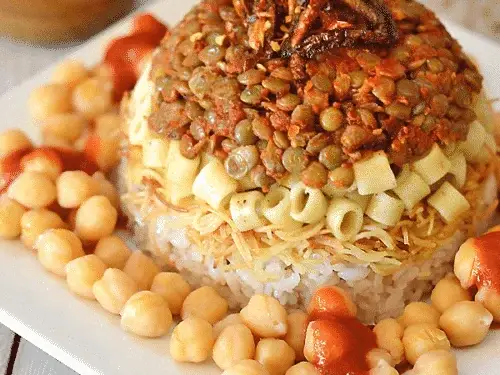
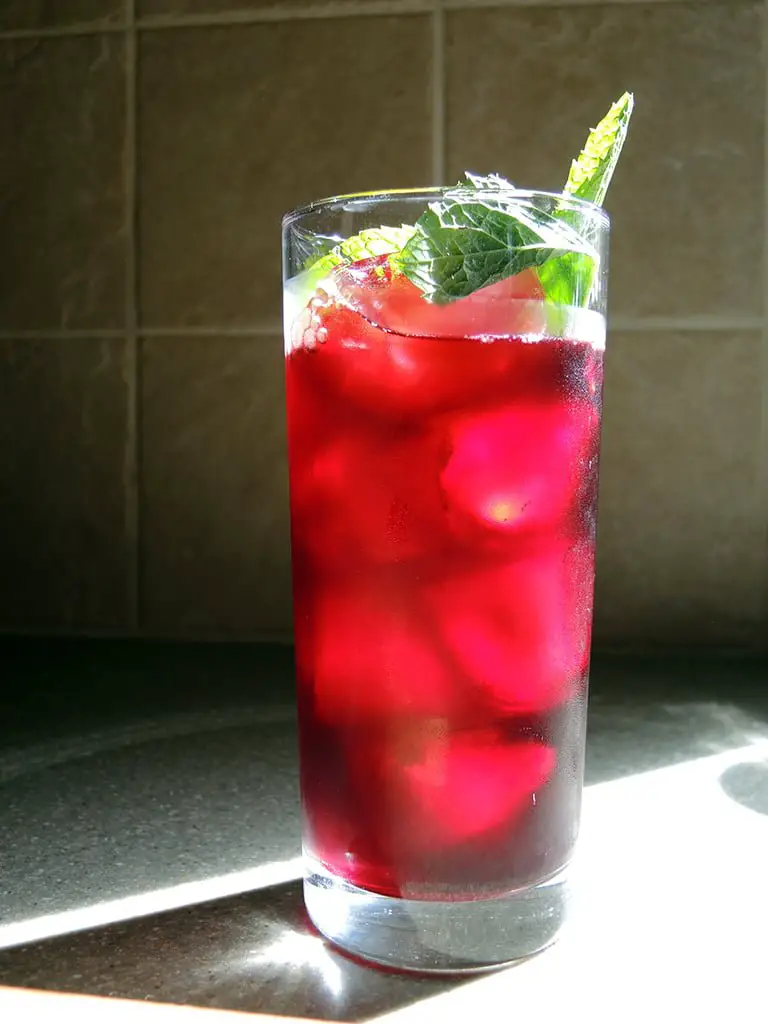
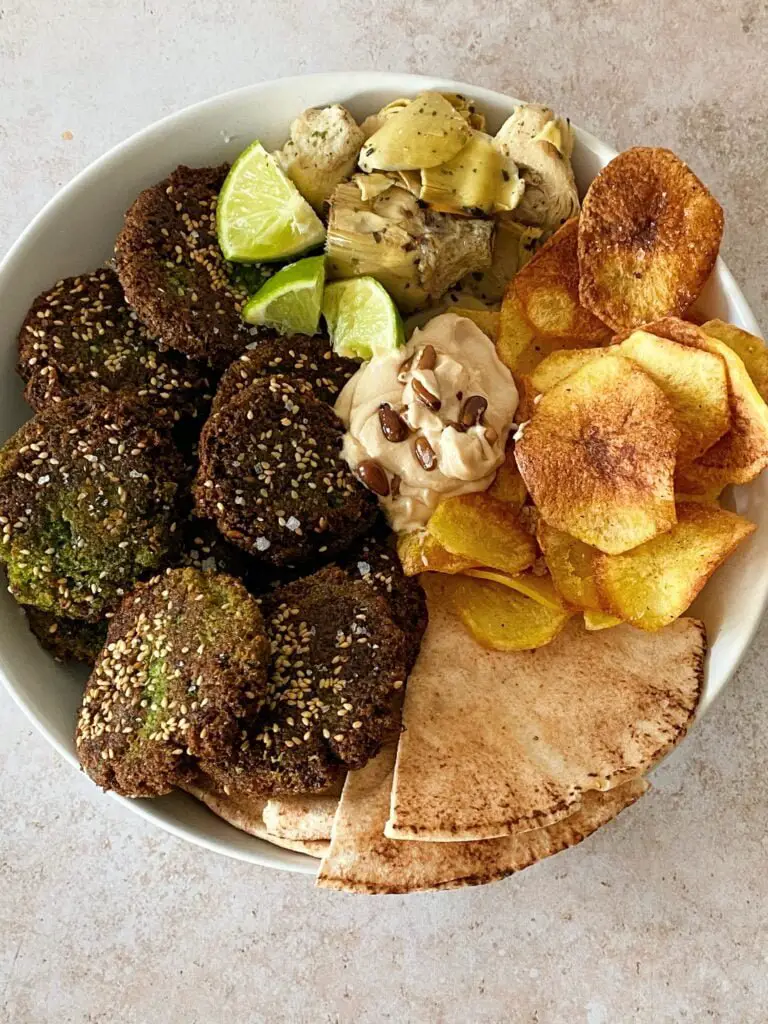

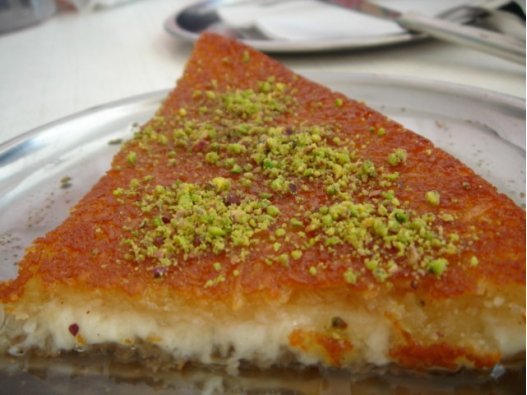
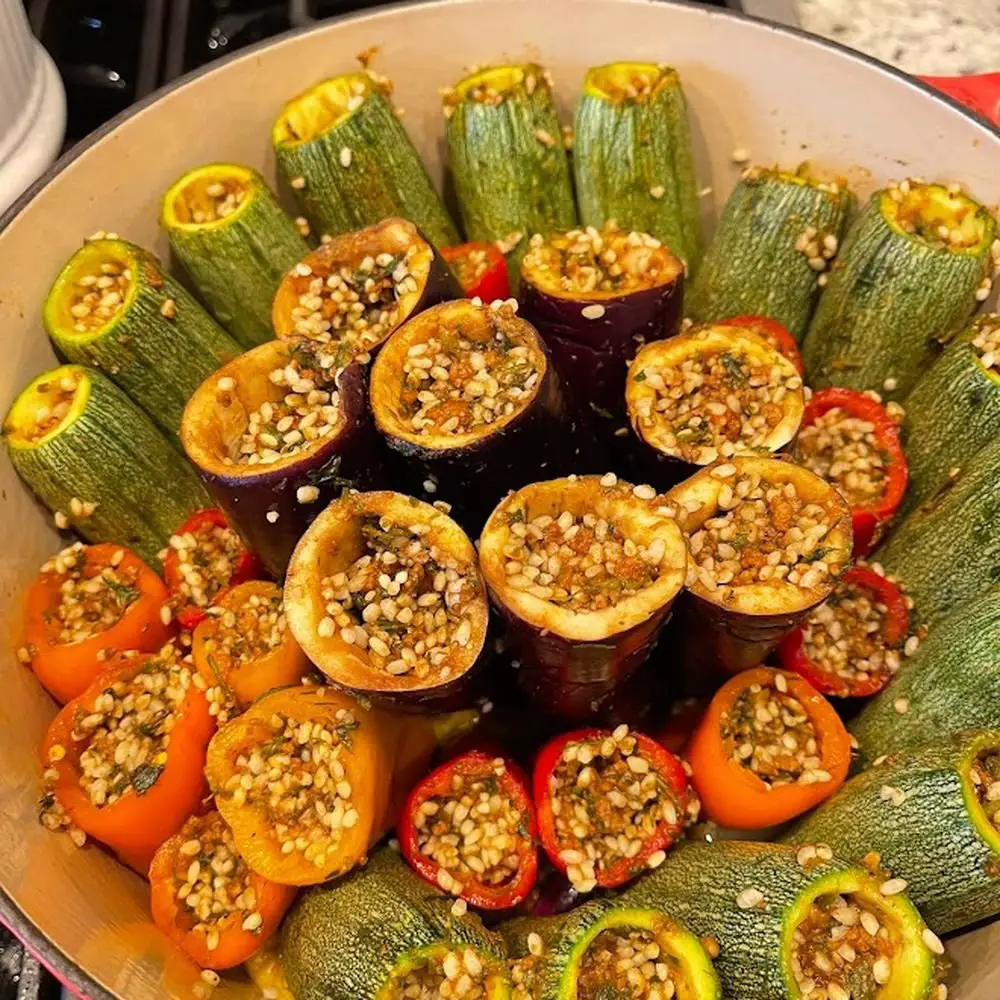
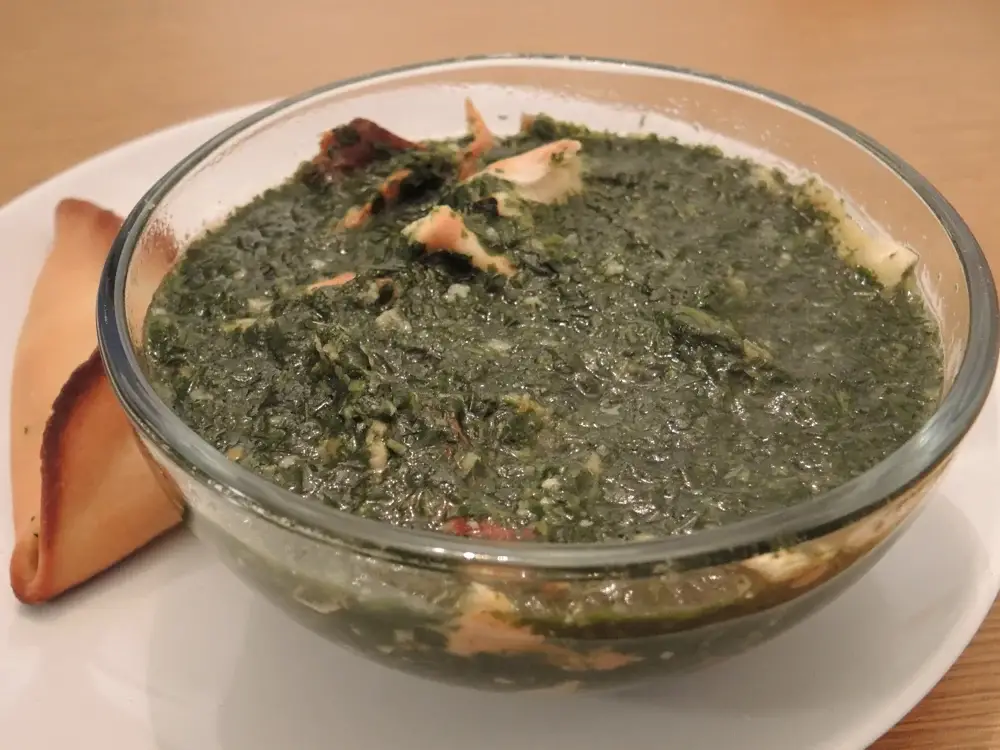
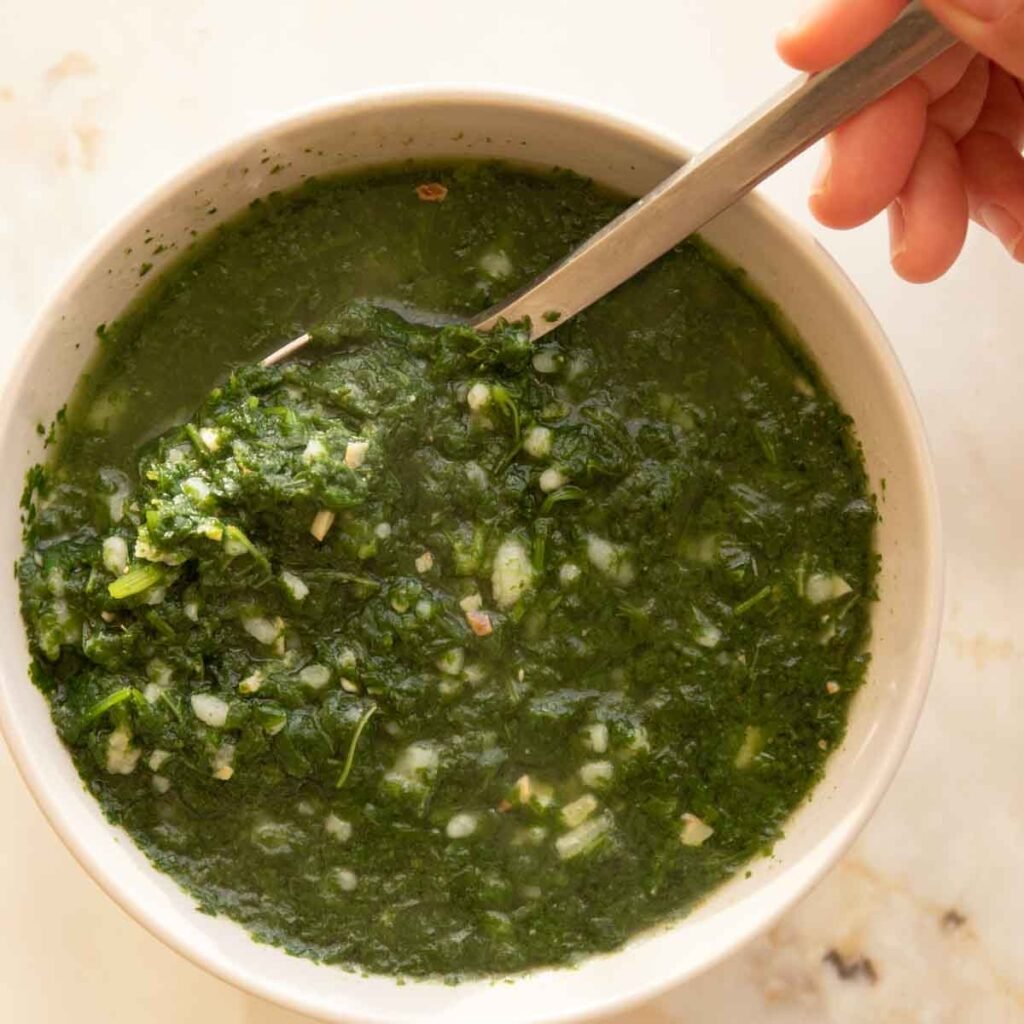
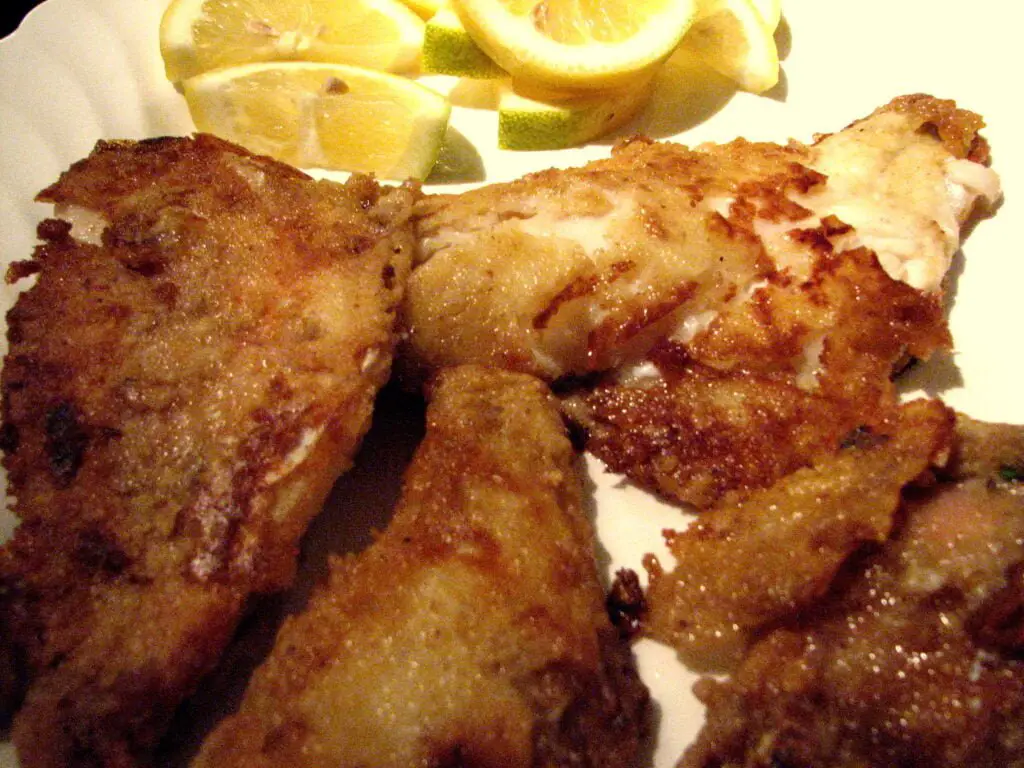
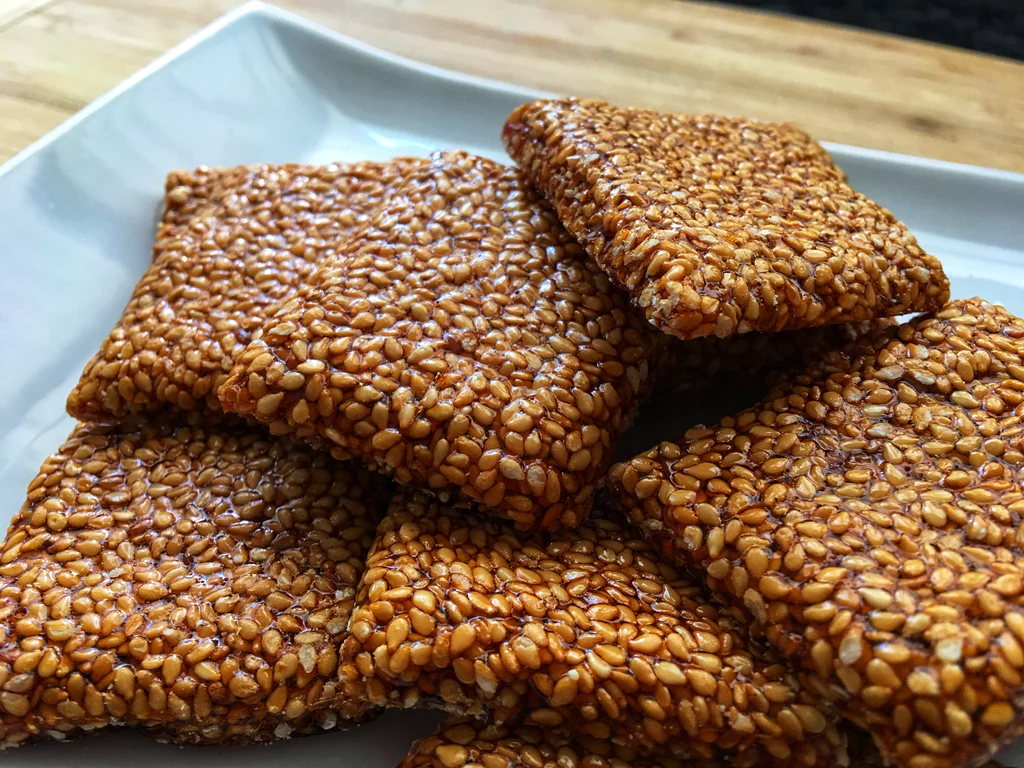
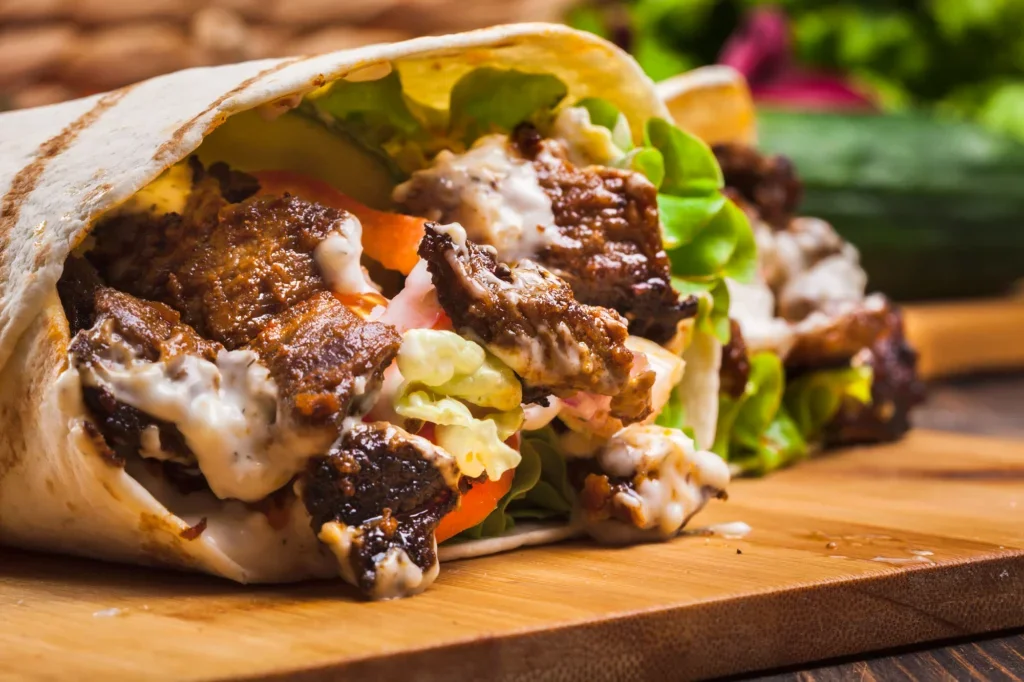
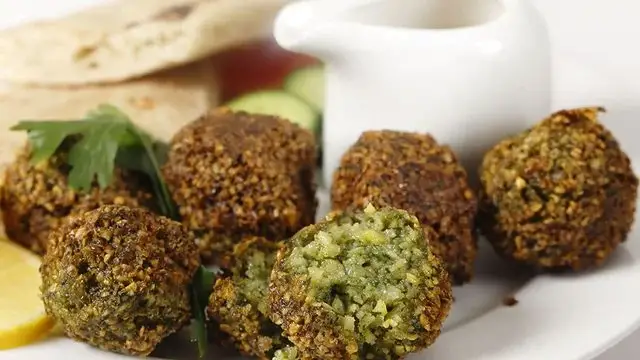
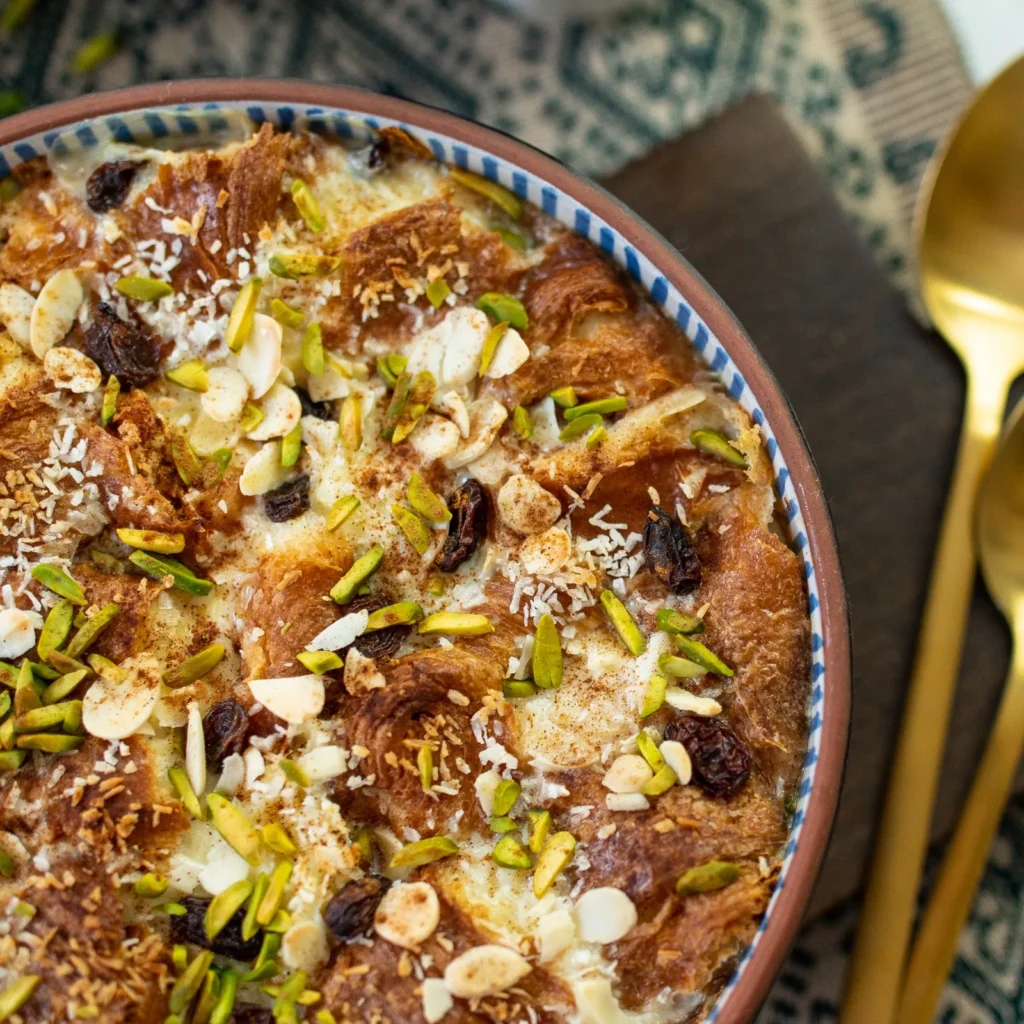

10 Interesting Facts about Egypt
Beyond Pyramids and Mummies: 10 Unexpected Gems from Egyptian History
Egypt holds a captivating allure, its ancient sands whispering tales of pharaohs, pyramids, and hidden treasures. But beneath the familiar lies a wealth of lesser-known facts, waiting to surprise, bewilder, and even amuse.
Buckle up, explorers, as we delve into 10 intriguing tidbits that paint a fresh picture of this mesmerizing land:
Cattitude with Claws

Forget grumpy mummies – ancient Egyptians revered cats as deities, believing them to be protectors and embodiments of the goddess Bastet. Imagine temples dedicated to these feline friends, even laws punishing their harm!
Cleopatra: Queen of Intrigue, Not Milk Baths
Yes, Cleopatra was undeniably powerful, but the milk bath myth? Purely fiction. Historians believe she indulged in olive oil for a radiant glow, a far more practical (and likely less messy) choice.
Pizza Pioneers? Say “Kushari”
Centuries before Italy claimed the crown, Egyptians enjoyed “koshari,” a layered delight of pasta, lentils, rice, and fried onions. Drizzled with tomato sauce and spices, it’s a flavor fiesta that predates modern pizza!
Mummification for the Masses (Well, Sort of)

While pharaohs received elaborate mummification, everyday Egyptians weren’t left out. They opted for “budget” methods, sometimes using onions and salt to preserve their loved ones. Not quite pyramids, but a testament to their belief in the afterlife.
Pharaohs: Not Always Golden-Haired Beauties
Contrary to popular depictions, many pharaohs sported natural dark hair, often styled in intricate braids or wigs. Ramses II even sported red hair later in life, proving variety was the spice of ancient Nile life.
Talking Statues and Divine Deliveries
Imagine pharaohs consulting talking statues for advice! Egyptians believed divine spirits resided within these sculptures, offering guidance and oracles. Talk about high-stakes therapy sessions!
The Book of the Dead: Not a Horror Story
This ancient text wasn’t a morbid guide to the afterlife, but rather a roadmap for the deceased to navigate the underworld and reach eternal paradise. Filled with spells and incantations, it offered hope, not fear.
Cleopatra Wasn’t Technically Egyptian
Despite ruling Egypt, Cleopatra belonged to the Ptolemaic dynasty of Greek descent. Talk about cultural fusion in high places!
The Great Sphinx: Secrets in the Sand
Despite countless theories, the true purpose of the Sphinx remains a mystery. Was it a guardian, a symbol of royalty, or something even more enigmatic? The sands hold the answer, waiting to be unraveled.
Hieroglyphics: Beyond Fancy Scribbles

These intricate symbols weren’t just writing; they were art! Each hieroglyph held a deeper meaning, depicting objects, animals, and even emotions, creating a visually stunning language.
So, the next time you think of Egypt, remember – it’s a land not just of pyramids and pharaohs, but of unexpected twists, fascinating quirks, and stories waiting to be discovered.
Egyptian History and the Effect It Has Had on the Cuisine
Imagine a land bathed in Nile’s golden light, where pyramids pierce the sky and hieroglyphs whisper forgotten secrets. This isn’t just a page from history; it’s ancient Egypt, a civilization as captivating as its cuisine. Join us on a mouthwatering expedition through time, where we’ll savor the flavors that shaped an empire and fueled its people.
Hieroglyphics: The First Cookbook Scribes

Long before written recipes, hieroglyphs, those intricate symbols adorning temples, preserved the whispers of early Egyptian cuisine.
We may not have exact menus, but these pictograms hint at the rise of bread, beer, and fruits – the foundation of the ancient palate.
The Old Kingdom: Building Pyramids and Appetites
Imagine the builders of the Great Pyramid fueling their day with hearty staples – bread baked from emmer wheat, nourishing beer, and a vibrant array of vegetables and fish.
This era of stability saw a flourishing food culture, with beer holding a prestigious place as both a beverage and an offering to the gods.
Through Turmoil and Innovation: The Middle Kingdom Table
Following the Old Kingdom’s decline, simpler meals of grains and legumes dominated. Yet, the Middle Kingdom wasn’t just about resilience; it witnessed culinary leaps.
Spices, herbs, and flavorings like lentils, onions, and garlic added a new dimension to Egyptian cuisine.
Hyksos Rule: Adding Spice to the Nile Valley
The Hyksos brought leeks and onions to Egyptian kitchens. This cultural exchange wasn’t just political; it was a culinary fusion, enriching the local palate with new ingredients and flavors.
The Golden Age: Ancient Egyptian Recipes Fit for Pharaohs
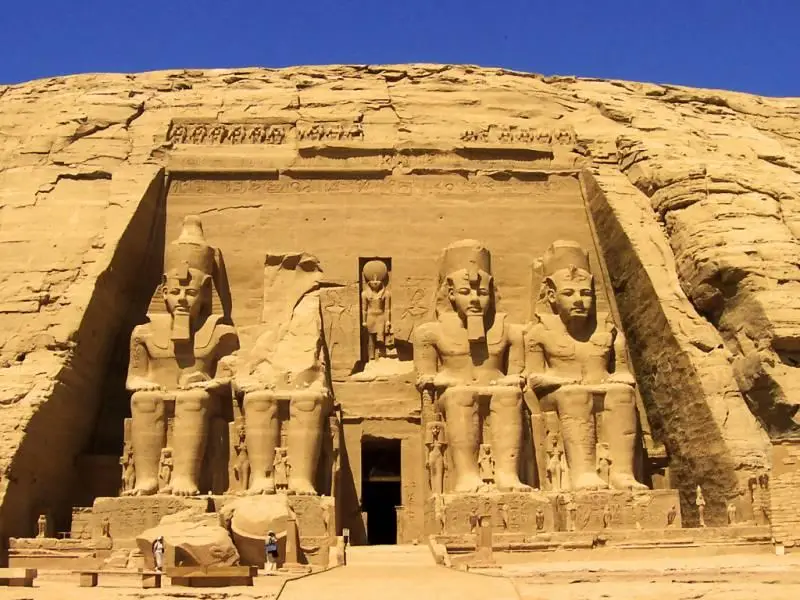
The New Kingdom’s prosperity brought exotic spices, fruits, and meats through trade. Imagine roasted meats tantalizing the senses, and honey-sweetened pastries tempting even the most disciplined pharaoh.
The Egyptian table became a canvas for diverse flavors, reflecting the empire’s reach and power.
Through Tumultuous Times: Culinary Continuity Endures
Despite political instability, the ancient Egyptian recipes held fast to its staples – lentils, beans, and barley remained the anchors of every meal. Even amidst turmoil, the tradition of gathering around food and sharing stories thrived.
Greek and Persian Influences: A Fusion on the Plate
Imagine olive oil, wine, and figs finding their way onto Egyptian tables as Greek and Persian influences took hold. This era wasn’t just about political shifts; it was a culinary crossroads, where Egyptian flavors melded with new ingredients, creating a richer and more diverse cuisine.
Roman Rule: A Melting Pot of Flavors

Step into a world where Egyptian, Greek, and Roman culinary practices intertwined. Bread, olive oil, and wine became common threads, while regional specialties flourished.
This era witnessed a final transformation of Egyptian cuisine, reflecting the changing landscapes of power and culture.
Papyrus: The Cookbook of the Ancients
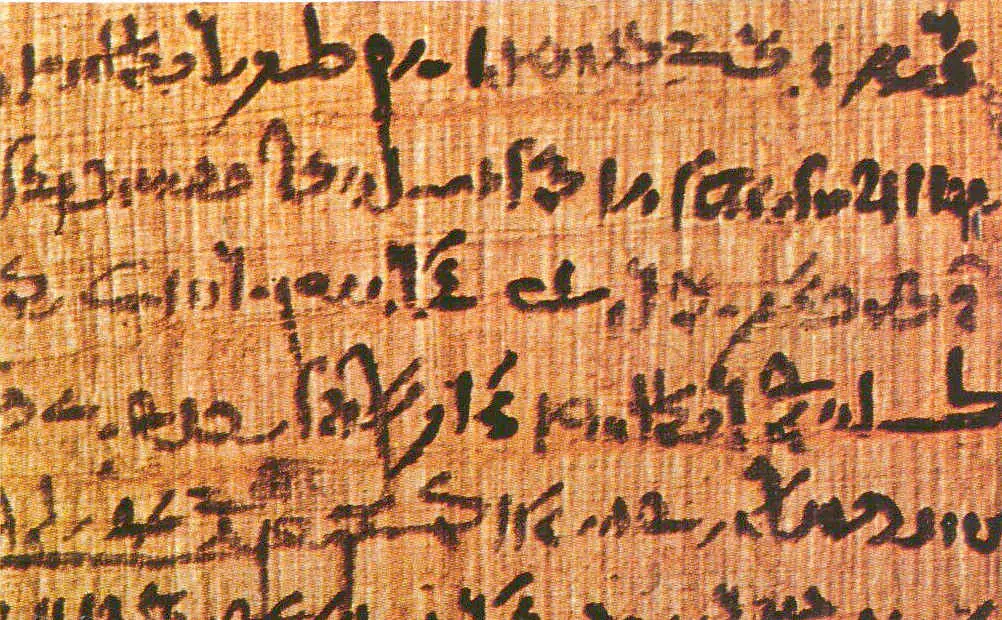
Imagine medical texts and recipes preserved on papyrus scrolls, whispers of ancient knowledge passed down through the ages.
The Ebers Papyrus, with its medicinal recipes, and the Kahun Gynecological Papyrus, offering pregnancy advice, showcase the intricate link between food, health, and wellbeing in ancient Egypt.
A Legacy Beyond Time
Even today, echoes of ancient Egyptian cuisine resonate in dishes like ful medames (fava bean stew) and mulukhiya (Jewish mallow soup). This culinary journey through time isn’t just about history; it’s about appreciating the enduring legacy of a civilization that nourished itself not just with food, but with flavor, ingenuity,
References
- Wikipedia: History of Egypt
- The Australian Museum: Ancient Egyptian Timeline
- National Geographic Society: Ancient Egypt
- National Geographic Kids: 10 Facts About Ancient Egypt
- Encyclopedia Britannica: Ancient Egypt
How the Egyptian Climate and Geography has Influenced the Cuisine

Imagine a land bathed in golden sunlight, where a life-giving river carves its path through arid sands. This isn’t just a mirage; it’s ancient Egypt, and its remarkable cuisine was sculpted by the very land it thrived on.
Join us on a delicious journey to discover how geography, climate, and even religion conspired to create a unique and flavorful legacy.
The Nile: A Cradle of Sustenance

The mighty Nile wasn’t just a majestic waterway; it was the lifeline of ancient Egypt. Imagine its annual floods depositing rich silt, transforming the desert into fertile soil, the “black land” teeming with life.
This bounty fueled the rise of staple crops like emmer wheat for hearty bread, vibrant vegetables like the iconic molokhia, and legumes that formed the base of dishes like koshary.
The Nile also quenched thirst, nurtured fish populations, and even allowed raising livestock for dairy delights like halloumi and kariesh cheeses.
Embracing the Sun’s Fury
The Egyptian climate was a sun-drenched dance of extremes. Imagine blazing summers with temperatures soaring and winters that offered brief, mild respites. This scarcity of water and scorching heat had a profound impact on cuisine.
Drying and salting techniques became essential for food preservation, while dishes themselves needed to be hearty and energy-rich to combat the harsh climate.
A Crossroads of Flavors
Egypt is positioned where Africa meets the Middle East, as a bustling hub of trade. The Suez Canal served as a gateway, connecting the land to multiple continents. This strategic location not only facilitated trade but also led to a culinary fusion unlike any other.
Imagine olive oil, wine, and exotic spices from afar enriching the Egyptian palate, their influences woven into everyday cooking.
Food: Beyond Sustenance, a Sacred Offering
In ancient Egypt, food transcended mere sustenance; it intertwined with religion and the very fabric of their beliefs. Imagine elaborate banquets honoring deities, offerings carefully placed with the deceased for their afterlife journey, and even mummification practices relying on specific food preparations.
The pharaohs themselves believed that proper nourishment in this life guaranteed a successful transition to the next.
A Legacy Beyond Time
Even today, echoes of ancient Egypt resonate in the bustling street food stalls and home kitchens of modern Egypt. From the comforting warmth of ful medames (fava bean stew) to the vibrant green richness of mulukhiya soup, the echoes of a bygone era whisper through each flavor.
So, the next time you savor a dish inspired by this ancient land, remember, you’re not just enjoying a meal; you’re experiencing a timeless legacy shaped by the sun, the river, and the very soul of this extraordinary civilization.
Reference
- Influence of Ancient Egyptian Food Culture on Contemporary Egypt
- ThoughtCo: Foods in Ancient Egypt
- WorldAtlas: The Geography of Egypt
Understanding the Essence of Egyptian Cuisine
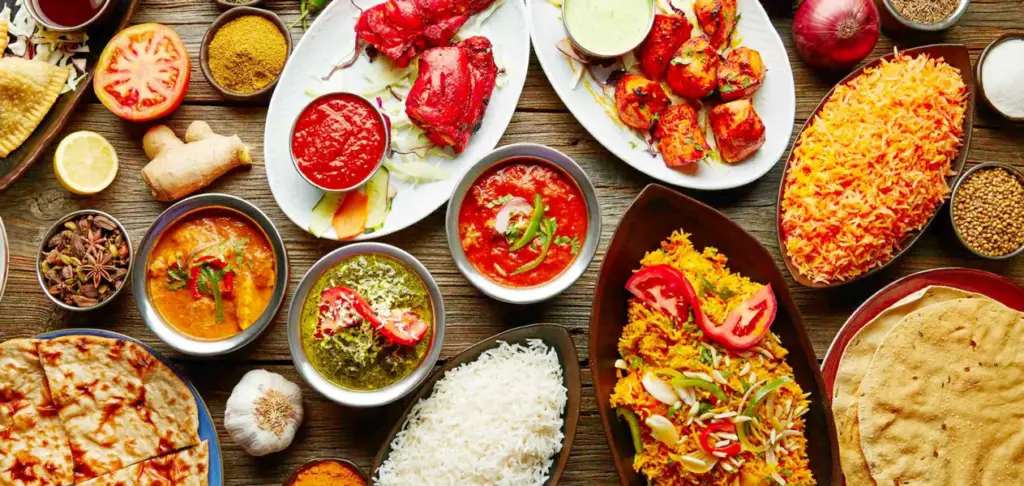
Egyptian cuisine isn’t just about falafel and pyramids (though both are pretty awesome). It’s a vibrant tapestry woven from sun-drenched lands, ancient wisdom, and a spirit of resilience. But what makes this culinary gem stand out in a world overflowing with flavors?
Dive in with us as we unveil the essence of Egyptian cuisine, exploring its unique characteristics that tantalize the taste buds and ignite the imagination.
A Nile Mosaic of Ingredients
Imagine a land where the life-giving Nile River nourishes fertile valleys, nurturing diverse ingredients unlike any other. This cradle of flavor yields staples like emmer wheat for hearty bread, molokhia for emerald-green stews, and lentils that fuel both body and soul.
But the Nile’s bounty extends beyond. Imagine vibrant fruits like dates and figs, the tangy bite of onions and garlic, and the warmth of spices like cumin and coriander, each adding their unique melody to the culinary symphony.
Preserving Flavors under a Blazing Sun
The Egyptian climate, with its scorching summers and mild winters, posed a unique challenge – food preservation. But resourceful Egyptians rose to the occasion, developing ingenious techniques like drying and salting to capture the essence of ingredients.
Imagine sun-dried tomatoes bursting with concentrated sweetness, olives brined to perfection, and fish preserved in salt, each bite a testament to their adaptability and culinary foresight.
A Legacy Forged in Trade and Conquest
Egypt’s strategic location at the crossroads of Africa and the Middle East made it a hub of trade and cultural exchange. Imagine Greek olive oil enriching dishes, Persian influences adding a touch of sophistication with spices like saffron, and Roman contributions like wine and cheese weaving themselves into the culinary fabric.
This fusion of flavors created a diverse and dynamic cuisine that transcended borders and reflected the historical tapestry of the land.
More Than Sustenance: Food as a Celebration
In ancient Egypt, food wasn’t just fuel; it was woven into the very fabric of their lives. Imagine elaborate feasts honoring deities, ritual offerings carefully placed for the afterlife journey, and even mummification practices relying on specific food preparations.
This deep connection between food and life imbued each dish with cultural significance, making every meal a celebration of history, faith, and community.
A Legacy that Endures
Time may have marched on, but the essence of Egyptian cuisine remains alive. From the comforting warmth of ful medames (fava bean stew) to the vibrant green richness of mulukhiya soup, the echoes of a bygone era resonate in every bite.
So, the next time you savor a dish inspired by this ancient land, remember, you’re not just enjoying a meal; you’re experiencing a timeless legacy, a testament to the ingenuity, resourcefulness, and cultural richness that continues to nourish the world with flavor.
The Influences in Egyptian Cuisine
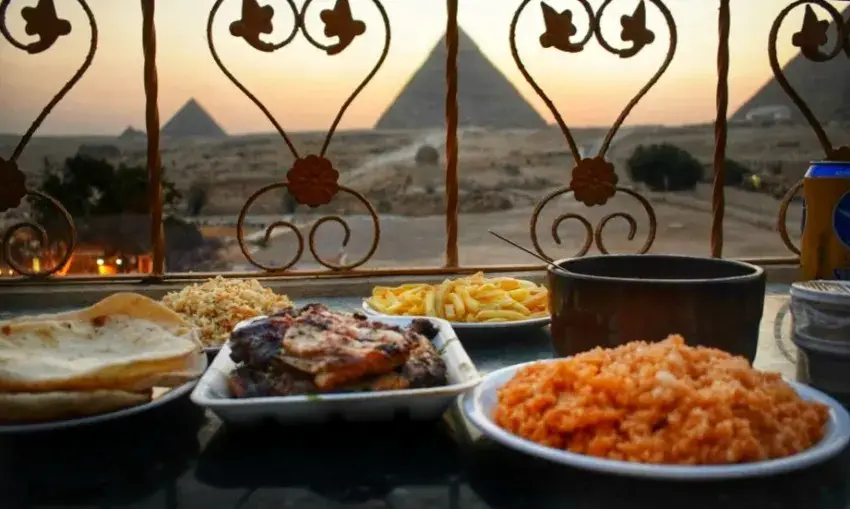
Egyptian cuisine is a melting pot of influences from various cultures throughout history.
The country is located at the crossroads of Europe, Asia, and Africa. This has made it a hub of cultural exchange, and its cuisine reflects this diversity.
Throughout history, Egypt has been inhabited by a variety of peoples, including the Ancient Egyptians, Greeks, Romans, Arabs, and Ottomans. Each group added their own culinary traditions. These assimilate into Egyptian cuisine. These influences have shaped the unique flavors of Egyptian dishes and added to the country’s rich food culture.
The Influences in Egyptian Cuisine
The Ancient Egyptians, for example, are known for their use of spices and herbs in cooking. Ingredients such as cumin, coriander, and dill, are a result. We use them widely in Egyptian cuisine today. The Greeks and Romans introduced ingredients such as olives, figs, and grapes, We use these in Mediterranean cuisine.
The Arab influence on Egyptian cuisine is seen in the use of ingredients such as dates, rice, and lamb. The Ottomans, on the other hand, introduced dishes such as stuffed grape leaves and baklava.
Despite the many cultural influences, Egyptian cuisine has maintained its unique identity. It has bold flavors and the use of fresh herbs. It incorporates staples such as rice, beans, and bread.
Egyptian cuisine is also notable for its vegetarian and vegan dishes. They are the result of the country’s Coptic Christian population and its practice of fasting from animal products.
Overall, the influences in Egyptian cuisine have created a diverse and flavorful food culture. Both local and global diners celebrate it. Whether you are looking to try traditional dishes or explore modern interpretations, Egyptian cuisine offers a world of culinary delights to discover.
Traditional Examples of Egyptian Food
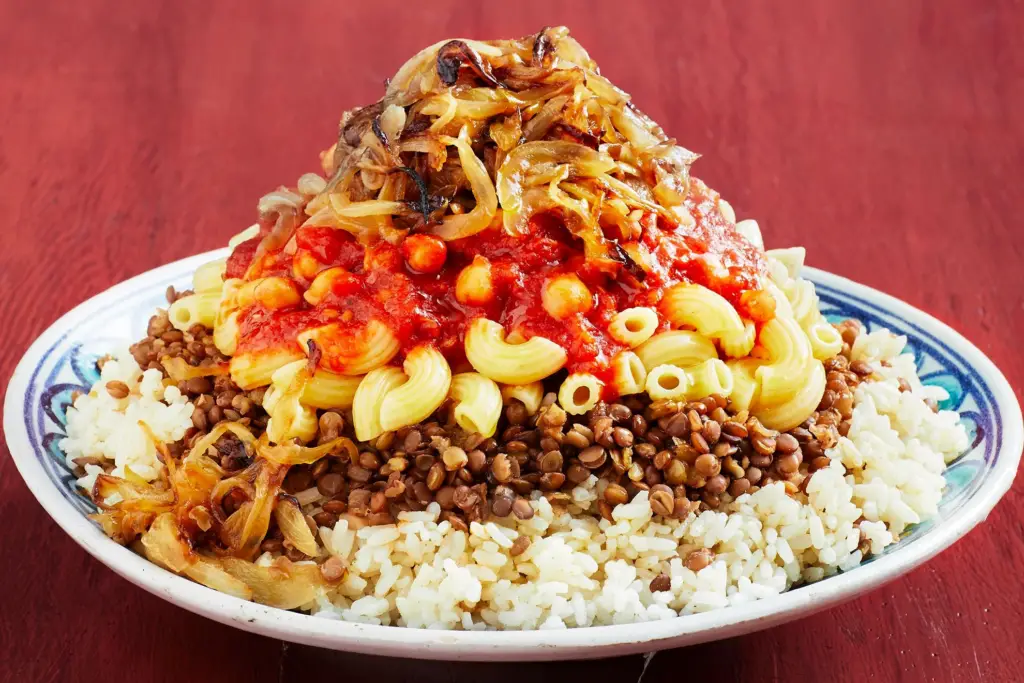
When it comes to Egyptian cuisine, the traditional dishes have been passed down through generations. They are an integral part of the country’s food culture. These beloved recipes have stood the test of time and remain a cornerstone of authentic Egyptian cuisine.
One such dish is koshari, a hearty vegetarian meal. This recipe combines lentils, rice, macaroni, and chickpeas, topped with a tangy tomato sauce and crispy fried onions. Another favorite is molokhia, a thick soup. We make it from the leaves of the jute plant, and we typically serve it with rice or bread.
Ahwa, or Egyptian coffee, is also a staple and an important part of social gatherings and celebrations. We usually serve the coffee with a piece of sweet pastry, like basbousa, a cake made from semolina flour and soaked in syrup.
Other traditional examples of Egyptian Food include ful medames, a stew made from fava beans, and ta’ameya, the Egyptian version of falafel made from broad beans instead of chickpeas. These dishes and many more are an essential part of the authentic Egyptian culinary experience.
Classic examples of Egyptian Food Dishes to Try:
| Examples of Egyptian Food | Description |
|---|---|
| Koshari | A vegetarian dish made with lentils, rice, macaroni, and chickpeas, topped with a tomato sauce and crispy fried onions. |
| Molokhia | A thick soup made from the leaves of the jute plant, typically served with rice or bread. |
| Ahwa | Egyptian coffee served with a sweet pastry, like basbousa. |
| Ful medames | A stew made from fava beans, often served with bread or eggs. |
| Ta’ameya | The Egyptian version of falafel, made from broad beans instead of chickpeas. |
These classic Egyptian dishes offer a glimpse into the rich culinary heritage of the country. They are a must-try for anyone looking to experience authentic Egyptian cuisine. From hearty stews to fresh salads and sweet pastries, the traditional recipes of Egypt are sure to please any palate.
Egyptian Food Ingredients
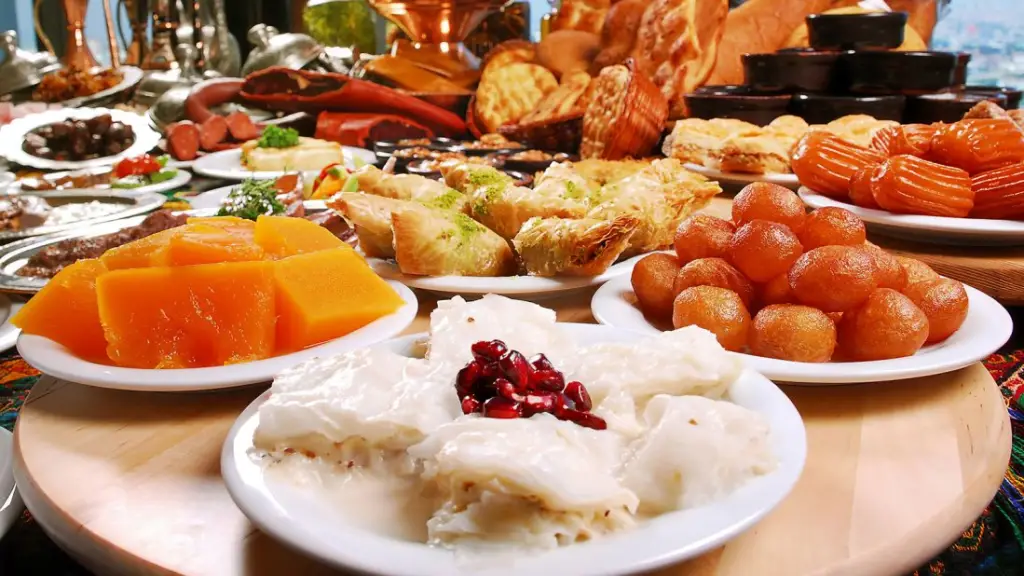
What truly sets this culinary experience apart? The answer lies in a treasure trove of ingredients, each carrying a whisper of history and a distinct punch of flavor. Let’s embark on a delectable expedition, exploring the unique ingredients that define Egyptian cuisine:
Staples from the Sun-Kissed Earth
Imagine fertile valleys nourished by the life-giving Nile, bursting with essential ingredients. Emmer wheat, the ancient ancestor of modern wheat, forms the foundation of fluffy breads, the staff of life for Egyptians for centuries.
Lentils, packed with protein and fiber, simmer in hearty stews like koshary, a national treasure. Molokhia, a leafy green superpower, lends its vibrant color and unique texture to stews, while okra, its close cousin, adds a delightful touch of sticky magic.
These ingredients, born from the sun-soaked land, form the base upon which countless flavor combinations dance.
From Nile Valley ingredients to Plate: Seafood Delights
The Nile isn’t just a source of life; it’s a teeming pantry. Imagine fishermen casting their nets, bringing in a bounty of Nile Valley ingredients. Nile perch, a succulent white fish, stars in grilled dishes and stews, while mullet, with its delicate flavor, melts in your mouth.
Shrimp, plump and flavorful, adds zest to various dishes, while prawns, sweet and juicy, grace celebratory meals. These aquatic treasures, plucked from the heart of the Nile, add a refreshing dimension to the Egyptian culinary experience.
Spice it Up: A Symphony of Savors
Egyptian cuisine isn’t shy about bold flavors. Imagine cumin, its warm, earthy aroma infusing stews and roasted meats. Coriander, with its citrusy punch, enlivens vegetables and dips. Black pepper, the universal spice king, adds a fiery kick. But the spice cabinet doesn’t end there.
Cinnamon lends a subtle sweetness to rice dishes, while cardamom, with its complex perfume, elevates desserts. This symphony of spices, sourced from trade routes and local cultivation, paints a vibrant picture on the palate, showcasing the adventurous spirit of Egyptian cuisine.
From Humble Beginnings to Regal Touches
Ancient Egyptian recipes embraces simplicity but doesn’t shy away from luxury. Imagine garlic, a humble bulb, adding its pungent character to countless dishes. Onions, sweet and savory, form the base of stews and sauces. Fresh herbs, like parsley and mint, bring a breath of life to dips and salads.
But alongside these everyday heroes, you’ll find nuts and seeds, like pine nuts and sesame seeds, adding a touch of richness and texture. And let’s not forget olive oil, a gift from the Greeks, gracing salads and dishes with its smooth, luxurious presence.
This interplay between the simple and the sublime reflects the diversity and adaptability of Egyptian cuisine.
Sweet Endings: A Date with Destiny
No Egyptian culinary journey is complete without a sweet finale. Imagine dates, nature’s candy, enjoyed fresh, dried, or stuffed with nuts and spices. Honey, a golden nectar kissed by the sun, sweetens desserts and pastries.
Sesame snaps, light and crumbly, offer a satisfying crunch. And for a truly decadent treat, imagine basbousa, a semolina cake soaked in fragrant syrup, its sweetness lingering long after the last bite. These sweet creations, infused with local ingredients and ancient traditions, provide a fittingly delicious conclusion to the Egyptian culinary adventure.
So, the next time you encounter an Egyptian dish, remember – it’s more than just sustenance. It’s a tapestry woven from sun-kissed ingredients, ancient wisdom, and a spirit of cultural exchange. Each bite is an invitation to explore a land of flavor, history, and resilience, waiting to be discovered.
Exotic Egyptian Spices and Flavors
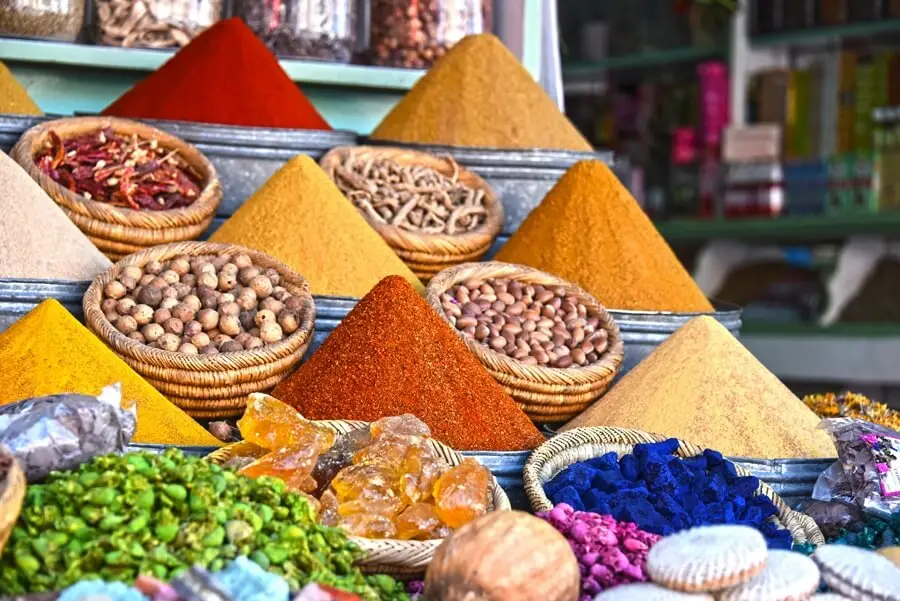
The role of herbs and spices if very important in Egyptian cuisine. Egyptian spices create unique and bold flavors that add depth and complexity to every dish.
The use of Egyptian spices in cooking dates back to ancient times. Initially they preserved the food and masked unpleasant flavors. Today they use spices for preservation and to enhance the taste and aroma of food.
The Role of Spices in Egyptian Cuisine
Egyptian spices create bold and unique flavor profiles that are distinct from other cuisines. Some of the most commonly used spices in Egyptian cooking include:
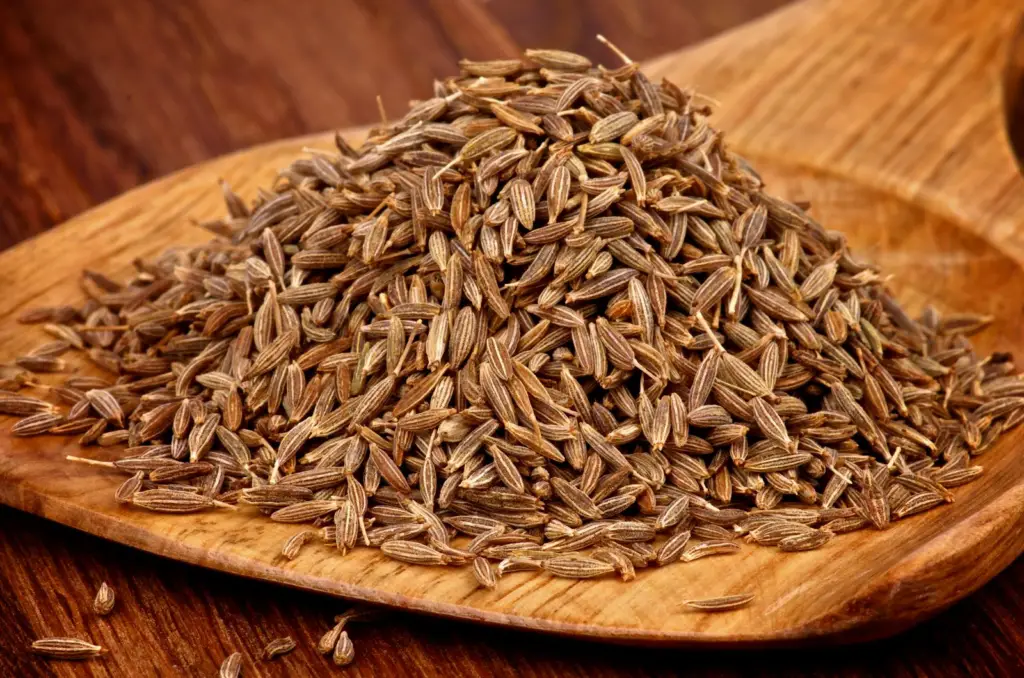
| Egyptian spices | Flavor Profile |
|---|---|
| Cumin | Earthy, nutty, and slightly bitter |
| Coriander | Citrusy, sweet, and slightly tart |
| Paprika | Sweet, smoky, and slightly spicy |
| Cinnamon | Sweet, warm, and slightly spicy |
Apart from these spices, herbs like mint, parsley, and dill are widely used in dips, sauces, and salads to add freshness and flavor.
Exploring Egyptian Spices
The use of Egyptian spices in the cuisine varies regionally, but several spices are common across the country. Cumin is one of the most widely used spices and is a staple in many Egyptian dishes such as ful medames and koshari. Coriander is also widely used, especially in marinades and spice blends like baharat.
Apart from these, turmeric, paprika, cinnamon, and nutmeg are also used to add warmth and depth to dishes. Egyptian spices like fenugreek and saffron are used less frequently but are still essential in some dishes.
The use of spices in Egyptian cuisine is an art that requires skill and knowledge to balance the flavors in every dish. The right combination of spices can make a dish stand out and elevate it to a whole new level.
In conclusion, Egyptian spices are an essential part of the country’s culinary heritage, and exploring the unique flavors they provide is a must for any food lover.
Exploring Egyptian Street Food
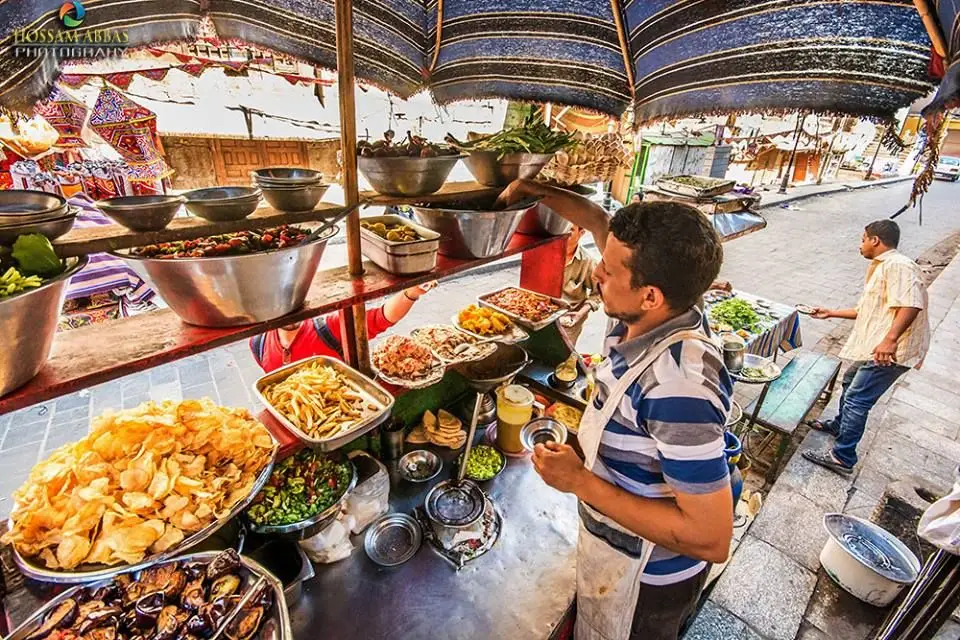
When it comes to experiencing Egyptian food culture, street food is an essential part of the journey. The vibrant street vendors and their delectable offerings are a testament to the passion and creativity that go into preparing traditional Egyptian recipes, often passed down through generations.
The most popular Egyptian street food is undoubtedly the ta’ameya, commonly known as Egyptian falafel. Made from mashed fava beans mixed with herbs and spices, then fried to perfection, this crispy and flavorful dish is typically served in a pita bread with salad and tahini sauce.
Another staple street food is koshari, a hearty and filling bowl of rice, macaroni, lentils, and chickpeas, topped with a spicy tomato sauce and crispy fried onions. This dish is a perfect representation of the multicultural influences that have shaped Egyptian cuisine over the centuries, combining Indian and Italian flavors with traditional Egyptian ingredients.
For those with a sweet tooth, there are plenty of options to choose from as well. Zalabia and konafa are popular desserts made from fried dough, soaked in sweet syrup, and topped with nuts and cream. These sweet treats are perfect for satisfying a sugar craving while exploring the vibrant streets of Egypt.
The Most Popular Egyptian Recipes
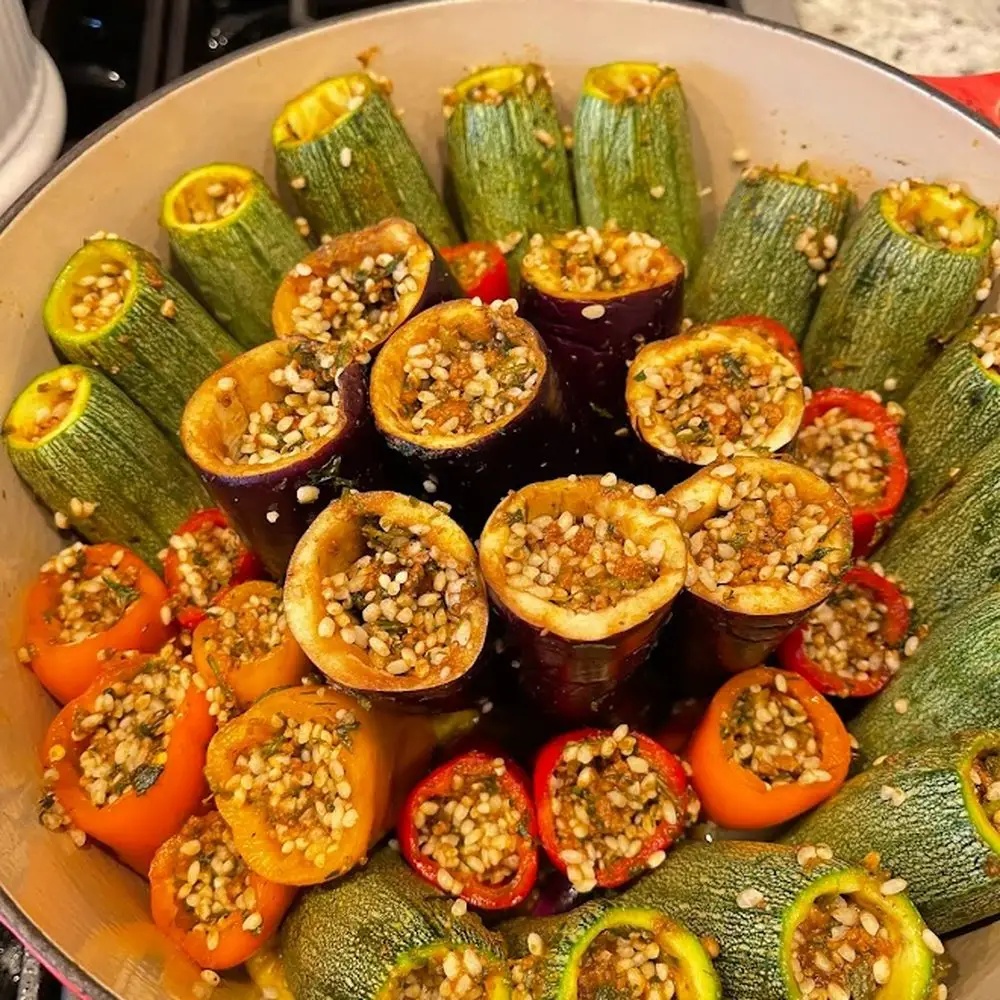
Dive into these 10 popular Egyptian recipes, each offering a unique flavor explosion:
Ful Medames: The Humble Hero
Start your day with the iconic ful medames, a hearty fava bean stew. Mashed beans mingle with spices like cumin and garlic, topped with chopped tomatoes, onions, and a drizzle of olive oil. It’s simple, affordable, and undeniably delicious.
Koshary: A Carb Lover’s Dream
This national treasure is a layered masterpiece. Rice, macaroni, lentils, and fried onions create a textural symphony, bathed in a tangy tomato sauce and topped with crispy chickpeas. Each bite is a burst of flavor and satisfaction.
Mahshi (Stuffed Vegetables): A Culinary Canvas
From zucchini and peppers to grape leaves and pigeons, the possibilities are endless with mahshi. Aromatic rice, herbs, and spices fill vibrant vegetables, creating a visually stunning and flavorful experience.
Molokhiya Soup: A Green Goddess
This vibrant green soup, made with jewel-toned molokhiya leaves, is a nourishing powerhouse. Garlic, coriander, and chicken broth add depth, while a squeeze of lemon brightens up the palate. It’s comfort food at its finest.
Hawawshi: Spicy Meat Meets Melty Cheese
Imagine tender, seasoned ground beef wrapped in flaky pita bread, grilled to perfection. Hawawshi takes this concept and adds a cheesy twist, with melted mozzarella oozing out in every bite.
Falafel: A Street Food Favorite
Crispy on the outside, fluffy on the inside, falafel is a protein-packed delight. Fava beans and chickpeas are blended with herbs and spices, then deep-fried to golden perfection. Enjoy it in a pita with tahini sauce and fresh vegetables for a satisfying meal.
Umm Ali: Bread Pudding Goes Egyptian
This decadent dessert features flaky pastry, nuts, raisins, and spices, all swimming in a creamy milk pudding. Topped with a sprinkle of shredded coconut, it’s a warm, comforting hug in every spoonful.
Basbousa: Semolina Cake Fit for a Pharaoh
This sweet treat features semolina cake soaked in fragrant syrup, often flavored with rosewater or orange blossom water. Topped with nuts and drizzled with more syrup, it’s a taste of pure indulgence.
Kunafa: Cheese Meets Sweetness in Perfect Harmony
Layers of crispy phyllo dough encase soft, gooey cheese in this Middle Eastern favorite. Soaked in syrup and sprinkled with pistachios, kunafa offers a perfect balance of sweet and savory.
Karkadeh: Hibiscus Tea for a Refreshing Finish
This vibrant red tea, made from hibiscus flowers, offers a tart and refreshing finish to your Egyptian culinary journey. It’s naturally caffeine-free and perfect for sipping hot or cold.
Whether you’re a seasoned foodie or just starting your exploration, these popular Egyptian recipes offer a delicious gateway into a world of rich flavors and cultural experiences. So, grab your apron, gather your ingredients, and embark on a culinary adventure that will tantalize your taste buds and leave you wanting more!
How Healthy is Egyptian Food

Egyptian cuisine, with its ancient roots and diverse flavors, offers a blend of healthful ingredients and indulgent delights. Let’s explore its health aspects and their impact on the population:
Healthiness of Egyptian Cuisine
- Nutrient-Rich Ingredients: Egyptian food often features legumes, vegetables, and fruits grown in the fertile Nile Valley and Delta. These ingredients provide essential nutrients, fiber, and antioxidants.
- Vegetarian Emphasis: A significant portion of traditional Egyptian food is vegetarian due to historical meat prices and dietary preferences. Dishes like ful medames (fava beans), koshari (a mix of lentils, rice, and pasta), and falafel are wholesome and plant-based.
- Spices and Herbs: Egyptian cooking incorporates spices like cumin, cinnamon, cardamom, and herbs like parsley and dill. These add flavor and potential health benefits.
- Mint Tea and Moderation: Mint tea is popular, and beer is the most consumed alcoholic beverage. Moderation is key to maintaining health.
Population Health in Egypt
- Cardiovascular Disease (CVD): CVD accounts for 46% of total deaths in Egypt. Atherosclerotic cardiovascular diseases (ASCVD) pose significant challenges, especially in urban areas with unhealthy lifestyles and fast food habits.
- Dyslipidemia: Elevated blood cholesterol levels affect 37% of the Egyptian population, with only 34.4% achieving target levels. Dyslipidemia is a major risk factor for CVD.
- Diabetes: Egypt faces a rising incidence of diabetes. The prevalence of diabetes in the population ages 20 to 79 is 10.3%.
- Early Atherosclerotic Cardiovascular Events: Premature acute coronary syndrome (ACS) is prevalent, affecting both men and women. Treating underlying risk factors is crucial.
Practical Guidance in Lipid Management:
- Efforts focus on managing serum cholesterol and low-density lipoprotein (LDL) levels to prevent cardiovascular events.
- Physicians follow guidelines and consider newer cholesterol-lowering agents for secondary prevention in high-risk patients.
- Awareness and implementation of guidelines are essential in daily practice.
References
- Egyptian Practical Guidance in Lipid Management 2020
- Egypt Country Report (European Society of Cardiology)
- American Heart Association: Cardiovascular Disease and Diabetes
- World Bank Data: Diabetes Prevalence in Egypt
Egyptian Recipes You Can Try at Home
We’ve given you a taste of what Egyptian cuisines is all about – test some of them out from the comfort pf your own kitchen.
Egyptian Food – Fava Bean Stew

Exploring Ancient Flavors: Fava Bean Stew from Egypt
A Culinary Odyssey: Unearthing the Roots of Fava Bean Stew in Egypt
Embark on a gastronomic journey to the heart of Egypt with Fava Bean Stew, a dish that encapsulates centuries of tradition and the essence of Middle Eastern cuisine. With its origins deeply intertwined with Egyptian history, this flavorful stew reflects the rich agricultural heritage of the Nile Delta.
From the fertile soils to the bustling markets, every spoonful of this dish is a testament to the resilience and ingenuity of Egyptian culinary artistry.
Egyptian Food – Fava Bean Stew Ingredients:
- 2 cups dried fava beans, soaked overnight
- 1 large onion, finely chopped
- 3 cloves garlic, minced
- 2 tomatoes, diced
- 1/4 cup tomato paste
- 1/4 cup olive oil
- 1 teaspoon cumin
- 1 teaspoon coriander
- 1 teaspoon paprika
- Salt and pepper to taste
- Fresh parsley, chopped (for garnish)
- Lemon wedges (for serving)
Egyptian Food – Fava Bean Stew Recipe:
1. Preparing the Fava Beans:
- Drain and rinse the soaked fava beans.
- In a large pot, cover the fava beans with water and simmer until tender (approximately 1-2 hours).
2. Making the Stew:
- In a separate pan, sauté the chopped onion and minced garlic in olive oil until golden brown.
- Add diced tomatoes, tomato paste, cumin, coriander, paprika, salt, and pepper. Cook until the tomatoes break down and the mixture thickens.
3. Combining Beans and Stew:
- Once the fava beans are tender, add the tomato and spice mixture to the pot.
- Allow the stew to simmer for an additional 20-30 minutes, allowing the flavors to meld.
4. Serving:
- Garnish with fresh parsley and serve with lemon wedges on the side.
Serving Information:
- Serves: 4 people
- Estimated Prep Time: 15 minutes (plus overnight soaking)
- Cooking Time: 1.5 – 2.5 hours
- Total Time: Approximately 3 hours
Nutritional Information (Per Serving):
- Calories: 320 kcal
- Protein: 15g
- Carbohydrates: 50g
- Fat: 8g
- Fiber: 15g
Savor the Taste of Egypt: Fava Bean Stew is more than a dish; it’s a portal to the ancient flavors of Egypt. As you savor the creamy texture of fava beans infused with aromatic spices, you’re not just enjoying a meal – you’re experiencing the culinary history of a nation. Whether served with warm pita bread or as a hearty standalone dish, this stew invites you to partake in the culinary legacy of the pharaohs and relish the timeless taste of Egypt. Bon appétit!
Egyptian Food – Mahshi (Stuffed Vegetables)

Embarking on a Culinary Expedition: Discovering Mahshi (Stuffed Vegetables)
A Gastronomic Odyssey through the Middle East
Embark on a tantalizing journey through the Middle East with Mahshi, a culinary masterpiece that encapsulates centuries of cultural richness. Originating from the heart of the Middle East, Mahshi reflects the diverse flavors of countries like Egypt, Lebanon, and Syria.
Steeped in tradition, this dish has become a staple at family gatherings, celebrations, and the vibrant tapestry of Middle Eastern cuisine.
Egyptian Food – Mahshi Ingredients:
- 6 medium-sized zucchinis
- 4 large tomatoes
- 1 cup rice
- 1 cup chickpeas, cooked
- 1 cup parsley, chopped
- 1 cup mint, chopped
- 1 onion, finely chopped
- 3 cloves garlic, minced
- 1/4 cup olive oil
- 1 teaspoon cumin
- 1 teaspoon coriander
- 1 teaspoon cinnamon
- Salt and pepper to taste
- 2 lemons (for garnish)
Egyptian Food – Mahshi Recipe:
1. Preparing the Vegetables:
- Cut the tops off the zucchinis and tomatoes, hollowing them carefully. Reserve the scooped-out pulp.
2. Preparing the Filling:
- In a bowl, combine rice, cooked chickpeas, chopped parsley, chopped mint, finely chopped onion, minced garlic, olive oil, cumin, coriander, cinnamon, salt, and pepper. Mix well.
3. Stuffing the Vegetables:
- Stuff the zucchinis and tomatoes with the rice mixture, ensuring they are tightly packed.
4. Cooking Mahshi:
- Place the stuffed vegetables in a deep pot, arranging them snugly.
- Add the reserved tomato pulp between the stuffed vegetables.
- Drizzle with olive oil, sprinkle with salt and pepper, and add enough water to cover the vegetables.
- Bring to a boil, then reduce heat and simmer for 40-50 minutes or until the rice is cooked.
5. Serving:
- Garnish with chopped parsley and mint.
- Serve with lemon wedges on the side.
Serving Information:
- Serves: 4 people
- Estimated Prep Time: 30 minutes
- Cooking Time: 40-50 minutes
- Total Time: Approximately 1 hour 20 minutes
Nutritional Information (Per Serving):
- Calories: 380 kcal
- Protein: 10g
- Carbohydrates: 65g
- Fat: 10g
- Fiber: 12g
Savor the Flavor: Mahshi is more than a dish; it’s a cultural celebration on a plate. As you savor the vibrant blend of spices and the wholesome goodness of stuffed vegetables, you’re not just indulging in a meal – you’re immersing yourself in the culinary heritage of the Middle East. Mahshi invites you to relish the flavors of tradition and experience the warmth of Middle Eastern hospitality. Bon appétit!
Egyptian Food – Molokhiya Soup: A Green Goddess

Unveiling the Culinary Gem: Molokhiya Soup – A Green Goddess
Embarking on a Culinary Sojourn through Egypt’s Culinary Heritage
History and Background: Dive into the rich tapestry of Egyptian cuisine with Molokhiya Soup, a dish that traces its roots back to the ancient Nile Delta. Molokhiya, also known as Egyptian spinach, is the star ingredient, and its use dates back to the time of the pharaohs.
This green leafy vegetable, revered for its health benefits, takes center stage in a soup that has become a symbol of nourishment and comfort across Egypt.
Egyptian Food – Molokhiya Soup Ingredients:
- 1 cup dried molokhiya leaves
- 1 pound chicken, cut into pieces
- 1 onion, finely chopped
- 4 garlic cloves, minced
- 1 bunch cilantro, chopped
- 1 bunch parsley, chopped
- 4 cups chicken broth
- 1 tablespoon olive oil
- 1 tablespoon ground coriander
- Salt and pepper to taste
- 1 lemon (for garnish)
Egyptian Food – Molokhiya Soup Recipe:
1. Preparing Molokhiya Leaves:
- Soak the dried molokhiya leaves in water until rehydrated, then drain.
2. Sautéing Aromatic Base:
- In a pot, heat olive oil and sauté chopped onions and minced garlic until golden.
3. Cooking Chicken:
- Add chicken pieces to the pot, cooking until browned on all sides.
4. Adding Herbs:
- Incorporate chopped cilantro and parsley, stirring until aromatic.
5. Incorporating Molokhiya:
- Add rehydrated molokhiya leaves to the pot, stirring continuously.
6. Simmering:
- Pour in chicken broth, season with ground coriander, salt, and pepper.
- Simmer for 20-25 minutes until the molokhiya is tender and flavors meld.
7. Serving:
- Serve the Molokhiya Soup hot, accompanied by a wedge of lemon.
Serving Information:
- Serves: 4 people
- Estimated Prep Time: 15 minutes
- Cooking Time: 25 minutes
- Total Time: Approximately 40 minutes
Nutritional Information (Per Serving):
- Calories: 230 kcal
- Protein: 20g
- Carbohydrates: 10g
- Fat: 12g
- Fiber: 4g
Savor the Verdant Splendor: Molokhiya Soup is a verdant masterpiece that not only tantalizes the taste buds but also invites you into the heart of Egyptian culinary tradition. As you savor each spoonful, you’re indulging in a dish that has withstood the test of time, embodying the essence of Egypt’s rich gastronomic legacy.
This Green Goddess beckons you to experience the flavors of the Nile Delta in a bowl, providing a comforting taste of history and nourishment. Dive into the vibrant world of Molokhiya Soup – an Egyptian culinary journey awaits!
Egyptian Food – Umm Ali: Bread Pudding Goes Egyptian

Umm Ali: Bread Pudding Goes Egyptian Extravaganza
Exploring the Legacy of Umm Ali in Egyptian Cuisine
History and Background: Welcome to the world of Umm Ali, a dessert that weaves itself into the cultural fabric of Egypt. This delectable bread pudding has its roots in the heart of Cairo, where stories of its origin are as sweet as the dish itself.
Legend has it that Umm Ali, which translates to “Ali’s Mother,” was created during the rule of the Ayyubid dynasty. The dessert quickly became a culinary treasure, passed down through generations, offering a taste of history with every bite.
Egyptian Food – Umm Al Ingredients:
- 5 cups of croissants, torn into pieces
- 1/2 cup raisins
- 1/4 cup shredded coconut
- 1/4 cup chopped pistachios
- 1/4 cup chopped almonds
- 4 cups whole milk
- 1 cup heavy cream
- 1 cup sugar
- 1 teaspoon vanilla extract
- Pinch of ground cinnamon
- Pinch of salt
Egyptian Food – Umm Al Recipe:
1. Preparing the Bread Base:
- Preheat the oven to 350°F (175°C).
- Place torn croissants in a baking dish.
2. Adding Layers of Goodness:
- Sprinkle raisins, shredded coconut, chopped pistachios, and almonds over the croissants.
3. Preparing the Cream Mixture:
- In a saucepan, combine whole milk, heavy cream, sugar, vanilla extract, ground cinnamon, and a pinch of salt.
- Heat the mixture over medium heat until it simmers. Ensure the sugar dissolves.
4. Pouring Over the Layers:
- Pour the warm cream mixture over the croissants, ensuring an even coating.
5. Baking to Perfection:
- Bake in the preheated oven for 25-30 minutes or until the top is golden brown and crispy.
6. Serving Umm Ali:
- Allow it to cool for a few minutes before serving.
- Garnish with additional nuts and a sprinkle of cinnamon.
Serving Information:
- Serves: 6 people
- Estimated Prep Time: 15 minutes
- Baking Time: 25-30 minutes
- Total Time: Approximately 45 minutes
Nutritional Information (Per Serving):
- Calories: 480 kcal
- Protein: 8g
- Carbohydrates: 50g
- Fat: 28g
- Fiber: 3g
A Sweet Symphony of Flavors: Umm Ali is more than a dessert; it’s a symphony of textures and tastes that dance on your palate. As you delve into each spoonful, imagine the bustling streets of Cairo and the rich history that flavors every bite.
This Egyptian bread pudding is a testament to the timeless connection between food and culture, inviting you to savor the sweetness of Egypt’s culinary heritage. Umm Ali – where the past and present collide in a dish that’s both indulgent and unforgettable.
Egyptian Food – Kunafa: Cheese Meets Sweetness in Perfect Harmony

Egyptian Delight: Kunafa Extravaganza
Unlocking the Culinary Tale of Kunafa in Egypt
History and Background: Embark on a journey to the heart of Egypt, where the enticing aroma of Kunafa wafts through bustling markets. Kunafa, a beloved dessert, finds its origins in the rich culinary traditions of Egypt.
Dating back to the Ottoman Empire, this sweet delicacy has woven itself into the cultural tapestry of the region. Often enjoyed during celebrations and special occasions, Kunafa is a delectable treat that offers a taste of history with every crispy, golden bite.
Egyptian Food – Kunafa Ingredients:
- 1-pound shredded phyllo dough (kataifi)
- 1 cup unsalted butter, melted
- 2 cups ricotta cheese
- 2 cups shredded mozzarella cheese
- 1 cup simple syrup (sugar and water)
- 1/4 cup chopped pistachios for garnish
Egyptian Food – Kunafa Recipe:
1. Preparing the Kunafa Base:
- Preheat the oven to 350°F (175°C).
- In a bowl, mix shredded phyllo dough with melted butter until well-coated.
2. Layering the Delight:
- Press half of the phyllo mixture into the bottom of a baking dish, creating an even layer.
3. Adding the Cheese Filling:
- Mix ricotta and mozzarella cheese, then spread the mixture over the phyllo layer.
4. Creating the Top Layer:
- Cover the cheese layer with the remaining phyllo mixture, ensuring an even distribution.
5. Baking to Golden Perfection:
- Bake in the preheated oven for 40-45 minutes or until the top is golden brown.
6. Sweetening the Deal:
- While hot, drizzle the simple syrup evenly over the Kunafa.
7. Garnishing the Finale:
- Sprinkle chopped pistachios on top for a delightful crunch.
Serving Information:
- Serves: 8 people
- Estimated Prep Time: 20 minutes
- Baking Time: 40-45 minutes
- Total Time: Approximately 1 hour
Nutritional Information (Per Serving):
- Calories: 380 kcal
- Protein: 10g
- Carbohydrates: 30g
- Fat: 25g
- Sugar: 15g
A Slice of Egyptian Bliss: Indulge in the luscious layers of Kunafa, where crispy meets creamy in a dessert that’s both nostalgic and modern. As you savor each bite, imagine the vibrant streets of Cairo and the centuries-old recipe that has stood the test of time.
Kunafa – a celebration on your plate, inviting you to experience the magic of Egypt through its irresistible flavors. Enjoy this sweet symphony that transcends borders and embodies the spirit of Egyptian culinary artistry.
Egyptian Food – Karkadeh: Hibiscus Tea for A Refreshing Finish

Sipping History: Karkadeh, Egypt’s Floral Elixir
Dive into the Egyptian Tapestry with Karkadeh
History and Background: In the bustling streets of Egypt, where the air is filled with the lively chatter of locals and the aroma of spices, Karkadeh emerges as a timeless beverage. Originating from the hibiscus flower, this vibrant red tea has been an integral part of Egyptian culture for centuries.
Known for its refreshing and tangy flavor, Karkadeh is not just a beverage; it’s a journey through the sun-soaked landscapes and rich traditions of the Nile Valley.
Egyptian Food – Karkadeh Ingredients:
- 1 cup dried hibiscus petals
- 4 cups water
- 1/2 cup sugar (adjust to taste)
- Ice cubes and fresh mint for serving
Egyptian Food – Karkadeh Recipe:
1. Brewing the Hibiscus Infusion:
- In a pot, bring 4 cups of water to a boil.
- Add the dried hibiscus petals to the boiling water.
2. Simmering the Flavors:
- Reduce heat and let the hibiscus petals simmer for 10-15 minutes.
3. Sweetening the Elixir:
- Stir in sugar to the hibiscus infusion, adjusting sweetness according to your preference.
4. Straining the Essence:
- Remove the pot from heat and strain the liquid to remove the hibiscus petals.
5. Chilling the Brew:
- Allow the tea to cool, then refrigerate for at least 2 hours.
6. Serving the Refreshment:
- Pour the chilled Karkadeh over ice cubes.
- Garnish with fresh mint for an extra burst of flavor.
Serving Information:
- Serves: 4 people
- Estimated Brew Time: 15 minutes
- Chilling Time: 2 hours
Nutritional Information (Per Serving):
- Calories: 45 kcal
- Carbohydrates: 11g
- Sugar: 11g
A Sip of Egypt: As you take a sip of Karkadeh, envision the vibrant colors of the bustling bazaars and the serenity of the Nile. This traditional Egyptian tea is not just a drink; it’s a connection to the rich history and warm hospitality of the region.
Share this floral elixir with friends and let the tangy notes of hibiscus transport you to the heart of Egypt. Karkadeh – a sip of history, a taste of tradition, and a refreshing finish to any culinary adventure.
Egyptian Food – Koshari: A Hearty Vegetarian Meal

Koshari: A Culinary Tapestry of Egypt
Exploring Egypt’s Culinary Heartbeat with Koshari
History and Background: Embark on a culinary adventure through the vibrant streets of Egypt with Koshari, a beloved national dish that reflects the country’s diverse history. This hearty vegetarian meal traces its roots back to the 19th century, blending influences from Middle Eastern, Indian, and Italian cuisines.
Today, Koshari stands as a symbol of Egyptian comfort food, a flavorful mosaic of lentils, rice, pasta, and a medley of spices, all topped with a zesty tomato sauce and crispy onions.
Egyptian Food – Koshari Ingredients:
- 1 cup brown lentils
- 1 cup rice
- 1 cup elbow macaroni
- 1 cup cooked chickpeas
- 1 cup fried onions (for garnish)
- 1 cup tomato sauce
- 4 cloves garlic (minced)
- 2 tablespoons vegetable oil
- 1 teaspoon cumin
- Salt and pepper to taste
Egyptian Food – Koshari Recipe:
1. Preparing the Lentils:
- Rinse lentils and cook in a pot of water until tender. Drain and set aside.
2. Cooking the Rice and Pasta:
- Cook rice and elbow macaroni separately according to package instructions.
3. Combining the Elements:
- In a large bowl, mix cooked lentils, rice, macaroni, and chickpeas.
4. Creating the Tomato Sauce:
- In a saucepan, sauté minced garlic in vegetable oil until golden.
- Add tomato sauce, cumin, salt, and pepper. Simmer for 10 minutes.
5. Assembling the Dish:
- Spoon the lentil-rice mixture into serving bowls.
- Top generously with the zesty tomato sauce.
- Garnish with fried onions for a delightful crunch.
6. Savoring the Fusion:
- Mix the layers together before indulging in this flavorful fusion.
Serving Information:
- Serves: 4 people
- Estimated Cooking Time: 45 minutes
- Calories (Per Serving): 500 kcal
- Protein: 15g
- Fiber: 12g
A Taste of Egypt: As you savor each spoonful of Koshari, let the harmonious blend of textures and flavors transport you to the bustling markets and historic landscapes of Egypt.
Whether you’re a seasoned traveler or an aspiring home chef, Koshari captures the essence of Egyptian cuisine—a celebration of diversity, tradition, and the joy of sharing a wholesome meal with loved ones.
Egyptian Food – Ta’ameya

Savoring Egypt’s Culinary Heritage with Ta’ameya
Discovering the Roots of Ta’ameya: A Taste of Ancient Egypt
History and Background: Embark on a flavorful journey through the vibrant streets of Egypt as we delve into the history of Ta’ameya, a cherished culinary delight. Originating from ancient Egypt, Ta’ameya, also known as falafel, has been a staple in Egyptian cuisine for centuries.
This crispy, golden-brown goodness made from ground fava beans or chickpeas, infused with aromatic herbs and spices, reflects the rich cultural tapestry of the region.
Egyptian Food – Ta’ameya Ingredients:
- 1 cup dried fava beans (soaked overnight)
- 1 small onion (chopped)
- 3 cloves garlic (minced)
- 1 cup fresh parsley (chopped)
- 1 teaspoon ground cumin
- 1 teaspoon ground coriander
- 1 teaspoon baking soda
- Salt and pepper to taste
- Vegetable oil (for frying)
Egyptian Food – Ta’ameya Recipe:
1. Preparing the Beans:
- Drain soaked fava beans and rinse thoroughly.
2. Blending the Mixture:
- In a food processor, combine fava beans, chopped onion, minced garlic, fresh parsley, cumin, coriander, baking soda, salt, and pepper.
- Blend until you achieve a coarse mixture.
3. Forming the Patties:
- With damp hands, shape the mixture into small, round patties.
4. Frying to Perfection:
- Heat vegetable oil in a pan over medium heat.
- Fry the patties until golden brown and crispy on both sides.
5. Serving Suggestions:
- Enjoy Ta’ameya in pita bread with tahini sauce, fresh veggies, and a sprinkle of herbs.
Serving Information:
- Serves: 4 people
- Estimated Cooking Time: 30 minutes
- Calories (Per Serving): 150 kcal
- Protein: 8g
- Fiber: 6g
A Bite of Tradition: As you relish the crispiness and savory goodness of Ta’ameya, you’re not just tasting a snack; you’re experiencing a culinary tradition that has withstood the test of time.
Whether enjoyed as a quick street food snack or a delightful appetizer at home, Ta’ameya encapsulates the essence of Egyptian flavors, inviting you to savor the history and heritage in every bite.
Egyptian Food – Nile Perch

Savoring the Flavors of Egypt: Crispy Fried Nile Perch
Discovering the Culinary Heritage of the Nile: A Fish Fry Delight
History and Background: Embark on a culinary journey along the banks of the Nile as we delve into the rich tradition of Fried Nile Perch. This dish has deep roots in Egyptian cuisine, where the Nile Perch, a freshwater treasure, takes center stage.
Immerse yourself in the heritage of this region, where the art of frying fish transforms a simple catch into a culinary masterpiece.
Egyptian Food – Nile Perch Ingredients:
- 4 Nile Perch fillets
- 1 cup all-purpose flour
- 2 teaspoons garlic powder
- 1 teaspoon paprika
- Salt and pepper to taste
- Vegetable oil for frying
- Fresh lemon wedges (for serving)
Egyptian Food – Nile Perch Recipe:
1. Preparing the Nile Perch:
- Rinse Nile Perch fillets and pat them dry with a paper towel.
2. Creating the Coating:
- In a bowl, mix all-purpose flour, garlic powder, paprika, salt, and pepper.
3. Dredging the Fillets:
- Coat each Nile Perch fillet in the seasoned flour mixture, ensuring an even covering.
4. Frying to Perfection:
- In a skillet, heat vegetable oil over medium-high heat.
- Fry the fillets for 3-4 minutes on each side until golden brown.
5. Serving Suggestions:
- Sprinkle with additional salt if needed.
- Serve hot with fresh lemon wedges.
Serving Information:
- Serves: 4 people
- Estimated Cooking Time: 15 minutes
- Calories (Per Serving): 250 kcal
- Protein: 20g
- Fiber: 2g
A Crunchy Delight by the Nile: Transport your taste buds to the banks of the Nile with every crispy bite of Fried Nile Perch. This recipe not only encapsulates the history of Egyptian fishing communities but also brings the joy of a perfectly fried fish to your table.
Enjoy this delightful dish with friends and family, creating memories as you relish the flavors of Egypt.
Egyptian Food – Shrimp

A Culinary Voyage Through Egypt: Savoring Crispy Fried Shrimp
Exploring the Nile’s Bounty: A Bite of Egyptian Fried Shrimp Bliss
History and Background: Embark on a flavorsome expedition as we uncover the culinary tapestry of Egypt, renowned for its diverse and delectable dishes. Among these treasures is Fried Shrimp, a dish that captures the essence of Egypt’s coastal cuisine.
Indulge in the rich history of this recipe, where the bounty of the Nile meets the freshness of the Mediterranean Sea.
Egyptian Food – Shrimp Ingredients:
- 1 pound large shrimp, peeled and deveined
- 1 cup breadcrumbs
- 2 eggs, beaten
- 1 teaspoon garlic powder
- 1 teaspoon paprika
- Salt and pepper to taste
- Vegetable oil for frying
- Fresh parsley (for garnish)
- Lemon wedges (for serving)
Egyptian Food – Shrimp Recipe:
1. Preparing the Shrimp:
- Pat the shrimp dry with paper towels to ensure crispiness during frying.
2. Creating the Coating:
- In a bowl, combine breadcrumbs, garlic powder, paprika, salt, and pepper.
3. Coating the Shrimp:
- Dip each shrimp into beaten eggs, then coat evenly with the breadcrumb mixture.
4. Frying to Perfection:
- Heat vegetable oil in a skillet over medium-high heat.
- Fry the coated shrimp for 2-3 minutes per side or until golden brown.
5. Garnishing and Serving:
- Drain excess oil and garnish with fresh parsley.
- Serve hot with lemon wedges on the side.
Serving Information:
- Serves: 4 people
- Estimated Cooking Time: 15 minutes
- Calories (Per Serving): 280 kcal
- Protein: 25g
- Carbohydrates: 15g
- Fiber: 1g
A Crispy Delight from the Mediterranean Shores: Allow the crispy goodness of Fried Shrimp to transport you to the coastal charm of Egypt. This easy-to-follow recipe promises a delightful seafood experience, capturing the essence of Egyptian culinary heritage.
Share this dish with loved ones, savoring the taste of Egypt in every golden bite.
Egyptian Food – Prawns’

Egyptian Food – Fried Prawns
Greetings, fellow foodies! Today, let’s embark on a culinary journey to Egypt and explore the delightful flavors of Fried Prawns. As the owner of a small restaurant back home, I’m always on the lookout for unique recipes to bring back to my kitchen.
Join me as we discover the rich history and background of this mouthwatering dish.
History and Background
Egyptian cuisine is a fusion of ancient traditions and influences from various cultures throughout history. Situated at the crossroads of Africa and the Middle East, Egypt’s culinary heritage is a tapestry of flavors. Seafood plays a significant role in Egyptian cuisine, thanks to the country’s proximity to the Mediterranean Sea and the Red Sea.
The recipe for Fried Prawns reflects the vibrant maritime culture of Egypt, where fresh seafood is abundant and cherished. Whether enjoyed by the locals at bustling markets or served in seaside restaurants, these Fried Prawns encapsulate the essence of Egyptian coastal living.
Egyptian Food – Prawns’ Ingredients
Prepare your taste buds for a burst of Egyptian flavors with these ingredients:
- 500g large prawns, peeled and deveined
- 1 cup all-purpose flour
- 1 teaspoon ground cumin
- 1 teaspoon ground coriander
- 1 teaspoon garlic powder
- 1 teaspoon onion powder
- 1 teaspoon paprika
- 1/2 teaspoon cayenne pepper
- Salt and pepper to taste
- 2 eggs, beaten
- Vegetable oil for frying
- Fresh parsley, chopped (for garnish)
- Lemon wedges (for serving)
Egyptian Food – Prawns’ Recipe
Let’s dive into the step-by-step process of creating this tantalizing dish that serves 4:
1. Prepare the Prawns
- Rinse the prawns under cold water and pat them dry with paper towels.
- In a bowl, season the prawns with salt and pepper.
2. Create the Flour Mixture
- In a shallow dish, combine the flour, cumin, coriander, garlic powder, onion powder, paprika, cayenne pepper, salt, and pepper. Mix well.
3. Dredge the Prawns
- Dip each prawn into the beaten eggs, ensuring they are well-coated.
- Roll the prawns in the flour mixture, pressing gently to adhere the coating.
4. Fry the Prawns
- Heat vegetable oil in a large pan over medium-high heat.
- Fry the prawns for 2-3 minutes on each side, or until golden brown and crispy.
- Place the fried prawns on a plate lined with paper towels to absorb excess oil.
5. Serve and Enjoy
- Garnish with chopped fresh parsley and serve with lemon wedges on the side.
Cooking Time, Calories, and Nutrition
- Cooking Time: Approximately 20 minutes
- Calories (per serving): Around 300 calories
- Nutritional Information: Prawns are an excellent source of protein, and the spices add flavor without significant additional calories. The dish is low in carbohydrates and provides essential vitamins and minerals.
Now, you’re ready to savor the taste of Egypt with these Fried Prawns. Gather your ingredients, embrace the simplicity of the recipe, and transport your taste buds to the vibrant coastal kitchens of Egypt! Bon appétit!
Egyptian Food – Sesame Snaps

Egyptian Food – Sesame Snaps
Hey, food adventurers! Today, let’s explore the enchanting world of Egyptian cuisine with a sweet twist – Sesame Snaps. As a globe-trotting food blogger and a restaurant owner, I love bringing unique flavors from my travels to your table.
Join me in uncovering the history and indulging in the simplicity of this delightful Egyptian treat.
History and Background
Egyptian culinary history is a tapestry woven with diverse influences. The Sesame Snap, or “Helwa Tat-Tout,” is a sweet delight deeply rooted in Egyptian tradition. Originating from the Mediterranean region, these sesame-based treats have been savored for centuries.
The simplicity of the ingredients and the rich nutty flavor make Sesame Snaps a cherished snack enjoyed by locals and travelers alike.
Egyptian Food – Sesame Snaps Ingredients
Get ready to create a batch of these crunchy Sesame Snaps to share with 8 people:
- 1 cup sesame seeds
- 1 cup honey
- 1/2 cup sugar
- 1 tablespoon unsalted butter
- 1/2 teaspoon vanilla extract
- 1/4 teaspoon salt
Egyptian Food – Sesame Snaps Recipe
Let’s dive into the step-by-step process of making these sweet Sesame Snaps:
1. Prepare the Sesame Mixture
- In a dry pan, toast sesame seeds over medium heat until golden brown. Set aside.
- In a saucepan, combine honey, sugar, butter, vanilla extract, and salt. Heat over medium heat, stirring until sugar dissolves.
2. Combine and Cook
- Pour the toasted sesame seeds into the honey mixture, stirring well to combine.
- Cook the mixture over medium heat until it reaches 280°F (140°C) on a candy thermometer.
3. Shape the Snaps
- Remove the mixture from heat and let it cool slightly.
- Spoon small portions onto a parchment-lined tray, shaping them into thin, flat rounds.
4. Cool and Break
- Allow the Sesame Snaps to cool completely before breaking them into bite-sized pieces.
5. Serve and Enjoy
- Arrange the Sesame Snaps on a platter and serve them as a delightful sweet treat for friends and family.
Cooking Time, Calories, and Nutrition
- Cooking Time: Approximately 20 minutes
- Calories (per serving): Around 120 calories
- Nutritional Information: Sesame seeds provide a good source of healthy fats, protein, and essential minerals. Honey adds natural sweetness, and the snack is relatively low in added sugars, making it a delightful, guilt-free indulgence.
Now, armed with the flavors of Egypt, you’re ready to enjoy the simplicity and crunch of Sesame Snaps. Share these sweet bites with your loved ones and transport them to the sunny streets of Cairo or the bustling markets of Alexandria. Happy snacking!
Egyptian Food – Fattah (Meat with Rice, Toasted Pita and Tomato Sauce)

Egyptian Food – Fattah (Meat with Rice, Toasted Pita, and Tomato Sauce)
Hey, fellow food enthusiasts! Today, we’re diving into the heart of Egyptian cuisine with a dish that’s both comforting and bursting with flavors – Fattah. As a passionate food blogger and small restaurant owner, I’m thrilled to bring this classic Egyptian dish to your kitchen.
Join me on a journey through the history and then let’s whip up a delicious pot of Fattah that serves 6 hungry souls.
History and Background
Fattah holds a special place in Egyptian culinary heritage, with roots stretching back to ancient times. Originating from the Nile Delta region, this dish is a celebration staple, often served during festive occasions and family gatherings.
Its layers of textures and robust flavors reflect the diverse influences that have shaped Egyptian cuisine over centuries.
Egyptian Food – Fattah Ingredients
Gather these ingredients to create a memorable Fattah experience:
- 2 cups long-grain white rice
- 1 pound lamb or beef, cubed
- 4 pita bread rounds
- 1 cup tomato sauce
- 1 cup beef or lamb broth
- 1/2 cup white vinegar
- 4 cloves garlic, minced
- 1 teaspoon ground cumin
- Salt and pepper to taste
- Chopped fresh parsley for garnish
Egyptian Food – Fattah Recipe
Let’s delve into the step-by-step process of preparing this hearty Fattah dish that serves 6:
1. Prepare the Rice
- Rinse the rice under cold water until the water runs clear.
- Cook the rice according to package instructions, fluff with a fork, and set aside.
2. Toast the Pita Bread
- Preheat the oven to 350°F (175°C).
- Tear the pita bread into bite-sized pieces and arrange them on a baking sheet.
- Toast the pita pieces in the oven until golden and crispy.
3. Cook the Meat
- In a large pot, brown the meat cubes over medium heat.
- Add minced garlic, ground cumin, salt, and pepper. Cook until aromatic.
- Pour in the beef or lamb broth, cover, and simmer until the meat is tender.
4. Assemble the Fattah
- In a separate bowl, mix the white vinegar with the tomato sauce.
- Arrange a layer of toasted pita pieces in a serving dish.
- Add a layer of cooked rice, followed by the meat mixture.
- Pour the tomato sauce mixture over the layers.
5. Garnish and Serve
- Garnish the Fattah with chopped fresh parsley.
- Serve immediately, allowing everyone to dig in and enjoy the layers of flavors.
Cooking Time, Calories, and Nutrition
- Cooking Time: Approximately 1 hour
- Calories (per serving): Around 450 calories
- Nutritional Information: Fattah provides a balance of carbohydrates, proteins, and essential nutrients. The combination of meat, rice, and tomato sauce adds depth to the dish, making it a wholesome and satisfying meal.
Now, armed with the essence of Egypt, serve up this Fattah to transport your taste buds to the lively kitchens of the Nile Delta. Share the joy of this traditional Egyptian dish with friends and family – it’s a culinary journey worth savoring!
Egyptian Food – Hawawshi (Egyptian Hawawshi)

Egyptian Food – Hawawshi (Egyptian Hawawshi)
Hey there, fellow food explorers! Today, we’re uncovering the deliciousness of Egyptian street food with a classic recipe – Hawawshi. As a travel-loving food blogger and a small restaurant owner, I’m thrilled to bring the bold flavors of Egypt straight to your kitchen.
Join me on this culinary journey as we learn about the origins of Hawawshi and whip up a batch that serves 4 hungry souls.
History and Background
Hawawshi, a beloved Egyptian street food, has its roots in the bustling markets of Cairo. Originating from the vibrant food scene along the Nile, this dish is a flavorful blend of minced meat, spices, and toasted bread.
Traditionally baked in clay ovens, Hawawshi embodies the spirit of Egyptian street cuisine, offering a taste of history with every savory bite.
Egyptian Food – Hawawshi Ingredients
Gather these ingredients to create a taste of Egypt in your own kitchen:
- 1 pound ground beef or lamb
- 4 pita bread rounds
- 1 large onion, finely chopped
- 2 tomatoes, finely diced
- 1/4 cup parsley, chopped
- 2 cloves garlic, minced
- 1 teaspoon ground cumin
- 1 teaspoon ground coriander
- 1 teaspoon paprika
- Salt and pepper to taste
- Olive oil for brushing
Egyptian Food – Hawawshi Recipe
Let’s dive into the step-by-step process of crafting this delectable Hawawshi that serves 4:
1. Prepare the Meat Mixture
- In a bowl, combine the ground meat with chopped onion, diced tomatoes, minced garlic, chopped parsley, ground cumin, ground coriander, paprika, salt, and pepper.
2. Assemble the Filling
- Cut the pita bread rounds in half and open each half to form pockets.
- Stuff the pockets generously with the meat mixture, ensuring an even distribution.
3. Toast the Hawawshi
- Preheat your oven to 375°F (190°C).
- Place the stuffed pita halves on a baking sheet.
- Lightly brush the tops with olive oil.
- Bake for 15-20 minutes or until the meat is cooked through and the bread is golden and crispy.
4. Serve and Enjoy
- Allow the Hawawshi to cool for a few minutes before serving.
- Pair it with your favorite dipping sauce or enjoy it as is – the choice is yours!
Cooking Time, Calories, and Nutrition
- Cooking Time: Approximately 25 minutes
- Calories (per serving): Around 400 calories
- Nutritional Information: Hawawshi provides a good balance of proteins, carbohydrates, and essential nutrients. The combination of meat and aromatic spices makes it a satisfying and flavorful meal.
Now, armed with the flavors of Egyptian street food, serve up this Hawawshi to transport your taste buds to the lively streets of Cairo. Share the joy of this iconic dish with friends and family – it’s a culinary adventure waiting to be savored!
Egyptian National Dish – Koshari

Egyptian National Dish – Koshari Background
Koshari is one of Egypt’s most beloved and iconic dishes, and it’s considered the national dish of the country. This hearty and flavorful vegetarian dish originated in Egypt and has a rich history. Here’s some background, a list of ingredients, and a comprehensive recipe for Egyptian Koshari:
Egyptian Cuisine – Koshari Ingredients
Note: This recipe makes 4-6 servings.
For the Koshari
- 1 cup short-grain rice
- 1 cup brown lentils
- 1 cup small macaroni or pasta
- 2-3 large onions, thinly sliced
- 4-6 cloves of garlic, minced
- 2-3 tablespoons vegetable oil
- Salt and black pepper to taste
- 1 tablespoon ground cumin
- 1-2 teaspoons ground coriander
- 1-2 teaspoons ground cinnamon
- 1-2 teaspoons crushed red pepper flakes (adjust to your spice preference)
- 1-2 cups tomato sauce (homemade or store-bought)
- 1-2 tablespoons white vinegar
- Water for cooking rice and lentils
For the Garnish
- Fried onions (reserved from the Koshari)
- Chopped fresh parsley or cilantro
- Hot sauce or chili paste (e.g., Sriracha or harissa) – optional, for extra heat
Egyptian Cuisine – Koshari Recipe
The Lentils and Rice
- Rinse the lentils and rice separately under cold water.
- In a large pot, add the lentils and enough water to cover them by about 2 inches.
- Bring to a boil, then reduce the heat and simmer for 15-20 minutes, or until the lentils are tender but not mushy.
- Drain any excess water.
- In another pot, add the rice and enough water to cover it by about an inch.
- Bring to a boil, then reduce the heat and simmer for 15-20 minutes, or until the rice is cooked.
- Fluff the rice with a fork.
Preparing the Pasta
- Cook the pasta according to the package instructions until it’s al dente.
- Drain and set aside.
Preparing the Fried Onions
- Heat the vegetable oil in a deep skillet or pan over medium-high heat.
- Add the thinly sliced onions and sauté until they become crispy and golden brown.
- Remove some of the fried onions for garnish and set them aside.
- Add the minced garlic to the remaining fried onions and sauté for a minute or two until the garlic is fragrant but not burnt.
- Remove from heat and set it aside.
Assembling the Koshari
- In a large serving dish, layer the cooked rice, cooked lentils, and cooked pasta.
- Mix them gently but thoroughly.
- In a separate bowl, combine the ground cumin, coriander, cinnamon, crushed red pepper flakes, salt, and black pepper.
- Sprinkle this spice mixture over the layered rice, lentils, and pasta.
- Pour the tomato sauce evenly over the spiced rice and lentils.
- Drizzle the white vinegar over the tomato sauce.
- Top the Koshari with the fried onion and garlic mixture.
- Garnish the dish with the reserved fried onions and chopped parsley or cilantro.
Serving
Serve Egyptian Koshari hot, with additional hot sauce or chili paste on the side for those who prefer more heat.
Koshari is a delicious and satisfying dish that combines a variety of flavors and textures.
It’s a beloved comfort food in Egypt and is enjoyed by people around the world. Enjoy your homemade Egyptian Koshari!
Examples of Egyptian Food – Molokhia

Egyptian Cuisine – Molokhia Background
Molokhia, also known as Egyptian spinach, is a popular dish in Egyptian cuisine. The key ingredient is the leaves of the jute plant, which are known as “molokhia” in Arabic.
This dish has been enjoyed in Egypt for centuries and is considered a staple in the country’s culinary tradition. Molokhia is known for its unique, mucilaginous texture and is often served with rice and a flavorful broth.
Egyptian Cuisine – Molokhia Ingredients
This recipe serves 4-6 people.
For the Molokhia Stew
- 2 pounds fresh or frozen molokhia leaves (you can substitute with frozen spinach if molokhia is not available)
- 1-2 pounds bone-in chicken, rabbit, or meat of your choice (chicken is the most common)
- 1 large onion, finely chopped
- 4-6 cloves garlic, minced
- 1-2 tablespoons vegetable oil
- 1-2 teaspoons ground coriander
- 1-2 teaspoons ground cumin
- Salt and pepper to taste
- 4-6 cups chicken or vegetable broth (adjust for desired consistency)
- Juice of 1-2 lemons
- Cooked rice for serving.
For the Rice
- 2 cups Egyptian medium-grain rice (you can substitute with short-grain or Arborio rice)
- 4 cups water
- 1-2 tablespoons vegetable oil
- Salt to taste
Optional Garnishes
- Crushed dried mint
- Chili flakes
- Chopped fresh cilantro or parsley
- Lemon wedges
Egyptian Cuisine – Molokhia Recipe
Preparing the Molokhia Stew
- If using fresh molokhia leaves, wash them well, remove any tough stems, and finely chop the leaves.
- If using frozen molokhia, thaw it and set it aside.
- In a large pot, heat 1-2 tablespoons of vegetable oil over medium-high heat.
- Add the chopped onions and minced garlic.
- Sauté until they become translucent and fragrant.
- Add the meat (e.g., chicken, rabbit) to the pot and brown it on all sides.
- Sprinkle the ground coriander, ground cumin, salt, and pepper over the meat and onion mixture.
- Stir to coat the meat and onions with the spices.
- Pour in the chicken or vegetable broth and bring the mixture to a simmer.
- Cover the pot and cook until the meat is tender.
- The cooking time will vary depending on the type of meat you’re using.
- Once the meat is tender, remove it from the pot and shred it into bite-sized pieces.
- Return the shredded meat to the pot.
- Add the molokhia leaves (or spinach if using as a substitute) to the pot and simmer until they wilt and become tender.
- This usually takes about 10-15 minutes.
- Add the juice of 1-2 lemons to the stew, adjusting the amount to your taste.
- Stir well and continue to simmer for a few more minutes.
Preparing the Rice
- In a separate pot, heat 1-2 tablespoons of vegetable oil over medium-high heat. Add the Egyptian rice and sauté it for a couple of minutes.
- Pour in 4 cups of water, add salt to taste, and bring it to a boil.
- Reduce the heat, cover the pot, and let the rice simmer until it’s tender and the water is absorbed.
- The cooking time is typically about 15-20 minutes.
Serving
To serve, place a scoop of cooked rice on each plate. Ladle the molokhia stew over the rice.
Optionally, garnish with crushed dried mint, chili flakes, chopped fresh cilantro or parsley, and lemon wedges.
Egyptian Molokhia is a delicious and nutritious dish with a unique taste and texture. Enjoy it with rice and your choice of protein for a satisfying meal.
Examples of Egyptian Food – Ful Medames

Egyptian Cuisine – Ful Medames Background
Ful Medames, also known simply as Ful, is a traditional Egyptian dish that has been a staple in the country’s cuisine for thousands of years. T
his dish consists of mashed fava beans cooked with various seasonings and is typically served as a popular breakfast dish in Egypt.
Ful Medames is rich in protein, making it a nutritious choice.
Egyptian Cuisine – Ful Medames Ingredients
This recipe serves 4-6 servings.
For the Ful Medames
- 2 cups of dried fava beans
- Water for soaking and cooking
- 4-6 cloves of garlic, minced
- 2-3 lemons, juiced
- 4-6 tablespoons of tahini (sesame paste), optional
- 2-3 tablespoons olive oil
- Salt, to taste
- Ground cumin, to taste (usually 1-2 teaspoons)
- Ground paprika, to taste (usually 1-2 teaspoons)
- Crushed red pepper flakes, to taste (optional, for spiciness)
- Chopped fresh parsley or cilantro for garnish
- Chopped tomatoes for garnish (optional)
For the Serving
- Egyptian baladi bread (or pita bread) for dipping and scooping
- Hard-boiled eggs (1-2 per serving, optional)
Egyptian Cuisine – Ful Medames Recipe
Preparing the Fava Beans
- Start by rinsing the dried fava beans under cold water to remove any debris.
- Place the fava beans in a large bowl and cover them with water.
- Allow them to soak for at least 12 hours or overnight.
- After soaking, drain and rinse the fava beans.
- In a large pot, add the fava beans and enough water to cover them by about 2 inches.
- Bring the beans to a boil, then reduce the heat to a simmer and cook for 1-1.5 hours, or until the beans are very soft and can be easily mashed.
- You may need to add more water during the cooking process to keep the beans covered.
- Drain the cooked fava beans and set them aside.
Making the Ful Medames
- In a large bowl, mash the cooked fava beans with a potato masher or the back of a fork until you achieve a slightly coarse consistency.
- Add minced garlic, lemon juice, tahini (if using), olive oil, salt, ground cumin, ground paprika, and crushed red pepper flakes (if you want some spiciness) to the mashed fava beans.
- Mix well to combine all the ingredients. Adjust the seasonings to your taste.
Serving
To serve, ladle the Ful Medames into individual bowls.
Garnish each serving with chopped fresh parsley or cilantro and, if desired, chopped tomatoes.
Serve the Ful Medames with Egyptian baladi bread or pita bread for scooping and dipping. You can also serve it with hard-boiled eggs for added protein.
Ful Medames is often enjoyed for breakfast in Egypt, but it can be eaten at any time of the day. It’s a wholesome and flavorful dish with a long history in Egyptian cuisine.
Examples of Egyptian Food – Falafel

Egyptian Cuisine – Falafel Background
Falafel is a beloved Middle Eastern dish that has a long history and is enjoyed in various forms throughout the region, including Egypt. These deep-fried balls or patties are typically made from ground chickpeas or fava beans, mixed with herbs and spices. Falafel is often served in pita bread with tahini sauce, vegetables, and other accompaniments.
Egyptian Cuisine – Falafel Ingredients
This recipe makes approximately 20-24 falafel patties.
For the Falafel
- 2 cups dried chickpeas (or fava beans)
- 1 small onion, roughly chopped
- 4-6 cloves garlic
- 1 cup fresh parsley, chopped
- 1 cup fresh cilantro, chopped
- 1-2 teaspoons ground cumin
- 1-2 teaspoons ground coriander
- 1-2 teaspoons ground cayenne pepper or ground red pepper (adjust for spiciness)
- Salt, to taste
- Baking powder (1-2 teaspoons, optional, for a lighter texture)
- Vegetable oil, for deep-frying
For Serving
- Pita bread or flatbreads
- Tahini sauce or tahina (sesame sauce)
- Fresh tomatoes, cucumbers, and lettuce, chopped
- Pickled vegetables (e.g., pickled turnips or beets)
- Hot sauce (e.g., Sriracha or harissa), optional
Egyptian Cuisine – Falafel Recipe
Preparing the Chickpeas
- Start by rinsing the dried chickpeas (or fava beans) under cold water to remove any debris.
- Place the chickpeas in a large bowl and cover them with water.
- Allow them to soak for at least 8 hours or overnight.
- This will soften the chickpeas and make them easier to grind.
- After soaking, drain and rinse the chickpeas.
Making the Falafel Mixture
- In a food processor, combine the soaked chickpeas, roughly chopped onion, garlic, fresh parsley, and fresh cilantro.
- Pulse until you have a coarse mixture.
- Add ground cumin, ground coriander, ground cayenne pepper, and salt to the mixture.
- Continue to pulse until all the ingredients are well combined and the mixture becomes a smooth paste.
- You may need to stop and scrape down the sides of the food processor a few times.
- If you want a lighter texture, you can add 1-2 teaspoons of baking powder to the mixture and blend it in.
Shaping and Frying the Falafel
- Heat vegetable oil in a deep pan or a deep fryer to about 350-375°F (175-190°C).
- While the oil is heating, shape the falafel mixture into small patties, about 2 inches in diameter and 1/2 inch thick.
- Carefully place the falafel patties into the hot oil and fry them until they are golden brown and crispy, about 3-5 minutes per side.
- Use a slotted spoon to remove the fried falafel from the oil and place them on paper towels to drain excess oil.
Serving
Serve the falafel in pita bread or flatbreads, accompanied by tahini sauce, chopped fresh vegetables, and pickled vegetables.
Add hot sauce if you prefer extra spiciness.
Egyptian Falafel is a delicious and satisfying street food with a unique flavor. Enjoy these fritters in pita bread for a truly authentic experience.
Examples of Egyptian Food – Shawarma
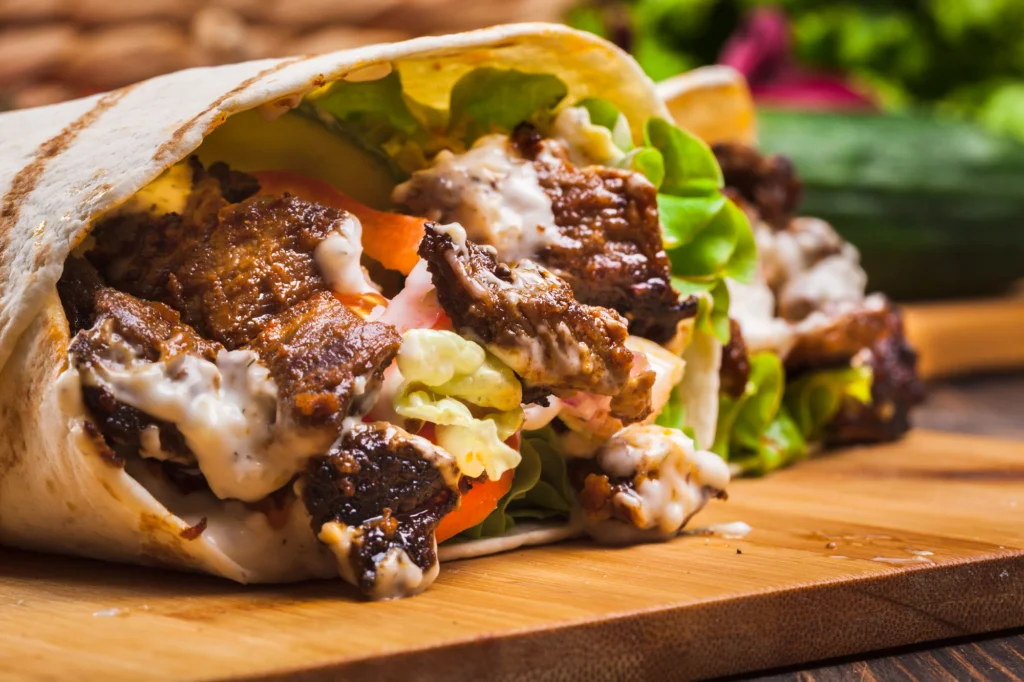
Egyptian Cuisine – Shawarma Background
Shawarma is a popular Middle Eastern street food with a history dating back centuries. The dish is known for its distinctive, flavorful meat, typically prepared by stacking seasoned cuts of meat on a vertical rotisserie.
As the meat slowly cooks and crisps on the outside, it’s shaved off and served in various ways, such as in pita bread, flatbreads, or on a plate with accompaniments like tahini sauce and vegetables.
Egyptian Cuisine – Shawarma Ingredients
This recipe serves 4-6 servings.
For the Shawarma Marinade
- 2-3 pounds boneless meat (common options include beef, lamb, or chicken)
- 1 small onion, finely chopped
- 4-6 cloves garlic, minced
- 2-3 tablespoons plain yogurt
- 2-3 tablespoons olive oil
- 2-3 teaspoons ground cumin
- 2-3 teaspoons ground coriander
- 2-3 teaspoons ground paprika
- 1-2 teaspoons ground turmeric
- 1-2 teaspoons ground cinnamon
- 1-2 teaspoons ground allspice
- 1-2 teaspoons ground cardamom
- 1-2 teaspoons ground black pepper
- Salt, to taste
- Juice of 1-2 lemons
- 2-3 tablespoons vinegar (white or apple cider vinegar)
For the Serving
- Pita bread or flatbreads
- Sliced cucumbers, tomatoes, and onions
- Tahini sauce or garlic sauce
- Pickles (e.g., pickled cucumbers or turnips)
- Hot sauce (e.g., Sriracha or harissa), optional
Egyptian Cuisine – Shawarma Recipe
Marinating the Meat
- Start by preparing the marinade. In a bowl, combine the finely chopped onion, minced garlic, plain yogurt, olive oil, and all the ground spices, including cumin, coriander, paprika, turmeric, cinnamon, allspice, cardamom, and black pepper.
- Add salt to taste.
- Mix in the lemon juice and vinegar to create a flavorful marinade.
- Cut the boneless meat into thin slices or strips, ensuring they are uniform in thickness.
- This will help with even cooking.
- Place the meat in a large bowl and pour the marinade over it.
- Make sure the meat is well-coated with the marinade.
- Cover the bowl and refrigerate it for at least 1-2 hours, or overnight for maximum flavor.
Cooking the Shawarma
- If you have a vertical rotisserie, stack the marinated meat slices onto the rotisserie skewer.
- Cook the meat on the rotisserie, allowing it to rotate and cook evenly. It should take around 1-2 hours to cook.
- If you don’t have a rotisserie, you can cook the meat in a large skillet or on a grill. Heat a skillet or grill to medium-high heat.
- Place the marinated meat on the hot surface and cook it, turning occasionally, until it’s browned and cooked through.
- Once the meat is cooked, remove it from the heat and let it rest for a few minutes.
Serving
- To serve, warm the pita bread or flatbreads.
- Lay out a variety of accompaniments, including sliced cucumbers, tomatoes, onions, pickles, and sauces like tahini or garlic sauce.
- Slice the cooked shawarma meat into thin strips.
- Assemble your shawarma sandwich by placing a spoonful of tahini or garlic sauce on the bread, adding a generous portion of shawarma meat, and topping it with sliced vegetables and pickles.
- Add hot sauce if you prefer extra spiciness.
- Fold the bread around the filling and enjoy your homemade Egyptian shawarma!
Egyptian Shawarma is a flavorful and satisfying street food, perfect for a quick and delicious meal.
Examples of Egyptian Food – Ta’ameya

Egyptian Cuisine – Ta’ameya Background
Ta’ameya, often referred to as Egyptian falafel, is a popular street food and staple in Egyptian cuisine. These deep-fried fritters are made from ground fava beans and herbs, and they are typically served in pita bread or flatbreads with a variety of accompaniments.
Ta’ameya is believed to have originated in Egypt and has been enjoyed for centuries.
Egyptian Cuisine – Ta’ameya Ingredients
This recipe makes approximately 20-24 ta’ameya fritters.
For the Ta’ameya
- 2 cups dried fava beans
- 1 small onion, roughly chopped
- 4-6 cloves garlic
- 1/2 cup fresh parsley, chopped
- 1/2 cup fresh cilantro, chopped
- 1-2 teaspoons ground cumin
- 1-2 teaspoons ground coriander
- 1-2 teaspoons ground cayenne pepper or ground red pepper (adjust for spiciness)
- Salt, to taste
- Baking powder (1-2 teaspoons, optional, for a lighter texture)
- Vegetable oil, for deep-frying
For Serving
- Pita bread or flatbreads
- Tahini sauce or tahina (sesame sauce)
- Fresh tomatoes, cucumbers, and lettuce, chopped
- Pickled vegetables (e.g., pickled turnips or beets)
- Hot sauce (e.g., Sriracha or harissa), optional
Egyptian Cuisine – Ta’ameya Recipe
Preparing the Fava Beans
- Start by rinsing the dried fava beans under cold water to remove any debris.
- Place the fava beans in a large bowl and cover them with water.
- Allow them to soak for at least 8 hours or overnight.
- This will soften the beans and make them easier to grind.
- After soaking, drain and rinse the fava beans.
Making the Ta’ameya Mixture
- In a food processor, combine the soaked fava beans, roughly chopped onion, garlic, fresh parsley, and fresh cilantro.
- Pulse until you have a coarse mixture.
- Add ground cumin, ground coriander, ground cayenne pepper, and salt to the mixture.
- Continue to pulse until all the ingredients are well combined and the mixture becomes a smooth paste.
- You may need to stop and scrape down the sides of the food processor a few times.
- If you want a lighter texture, you can add 1-2 teaspoons of baking powder to the mixture and blend it in.
Shaping and Frying the Ta’ameya
- Heat vegetable oil in a deep pan or a deep fryer to about 350-375°F (175-190°C).
- While the oil is heating, shape the ta’ameya mixture into small patties, about 2 inches in diameter and 1/2 inch thick.
- Carefully place the ta’ameya patties into the hot oil and fry them until they are golden brown and crispy, about 3-5 minutes per side.
- Use a slotted spoon to remove the fried ta’ameya from the oil and place them on paper towels to drain excess oil.
Serving
Serve the ta’ameya in pita bread or flatbreads, accompanied by tahini sauce, chopped fresh vegetables, and pickled vegetables.
Add hot sauce if you prefer extra spiciness.
Egyptian Ta’ameya is a delicious and satisfying street food with a unique flavor. Enjoy these fritters in pita bread for a truly authentic experience.
Examples of Egyptian Food – Basbousa

Egyptian Cuisine – Basbousa Background
Basbousa, also known as revani or hareeseh in some regions, is a popular Middle Eastern dessert with a long history. It is a sweet semolina cake soaked in sugar syrup, often flavored with rosewater or orange blossom water.
Basbousa is a favorite dessert in Egypt and is commonly served during special occasions and celebrations.
Egyptian Cuisine – Basbousa Ingredients
This recipe makes approximately 12 servings.
For the Basbousa
- 2 cups fine semolina
- 1 cup plain yogurt
- 1 cup granulated sugar
- 1/2 cup unsalted butter, melted
- 1 teaspoon baking powder
- 1/4 teaspoon baking soda
- 1/4 cup desiccated coconut (optional)
- 1/4 cup blanched almonds, for garnish (optional)
For the Sugar Syrup
- 1 1/2 cups granulated sugar
- 1 cup water
- 1-2 tablespoons lemon juice
- 1-2 teaspoons rosewater or orange blossom water (optional)
Egyptian Cuisine – Basbousa Recipe
Preparing the Sugar Syrup
- In a saucepan, combine the granulated sugar, water, and lemon juice.
- Heat the mixture over medium-high heat, stirring until the sugar dissolves.
- Allow the syrup to come to a boil, then reduce the heat and simmer for about 10-15 minutes until it thickens slightly.
- The syrup should be slightly sticky but not too thick.
- If desired, add rosewater or orange blossom water to the syrup and stir.
- Remove the syrup from heat and set it aside to cool.
Making the Basbousa
- Preheat your oven to 350°F (175°C). Grease a 9×13-inch baking dish or a similar-sized ovenproof dish.
- In a mixing bowl, combine the fine semolina, plain yogurt, granulated sugar, melted butter, baking powder, and baking soda.
- If you want to add desiccated coconut for flavor and texture, add it to the mixture.
- Mix all the ingredients together until you have a smooth batter.
- The batter will be thick.
- Pour the batter into the greased baking dish and smooth it out to ensure it’s evenly distributed.
- Use a knife to score the surface of the batter into a diamond or square pattern.
- Place a blanched almond in the center of each diamond or square. This is optional but adds a traditional touch.
Baking the Basbousa
Bake the basbousa in the preheated oven for about 30-35 minutes or until it’s golden brown on top and a toothpick inserted into the center comes out clean.
Syrup Soaking
- While the basbousa is still hot, carefully pour the cooled sugar syrup evenly over the hot cake.
- Make sure to cover all the scored lines and diamonds.
- Allow the basbousa to absorb the syrup and cool to room temperature before serving.
Serving
Once the basbousa has cooled and absorbed the syrup, cut it along the scored lines and serve it in diamond or square-shaped pieces.
Egyptian Basbousa is a sweet and moist semolina cake with a fragrant sugar syrup. It’s a delightful dessert that’s perfect for sharing with family and friends on special occasions. Enjoy your homemade basbousa!
Examples of Egyptian Food – Zalabia

Egyptian cuisine – Zalabia Background
Zalabia, also known as zalabiya, is a popular and traditional Egyptian sweet treat. These deep-fried doughnut-like pastries are often made during special occasions and celebrations.
Zalabia is known for its sweet, syrupy taste and distinctive shape.
Egyptian cuisine – Zalabia Ingredients
This recipe makes approximately 20-24 zalabia pastries.
Zalabia Dough
- 2 cups all-purpose flour
- 1/4 cup cornstarch
- 1 teaspoon active dry yeast
- 1 teaspoon sugar (for proofing the yeast)
- 1/4 teaspoon salt
- 1 1/2 cups warm water
The Sugar Syrup
- 2 cups granulated sugar
- 1 cup water
- 1-2 teaspoons lemon juice
- 1-2 teaspoons rosewater or orange blossom water (optional, for flavor)
Frying
- Vegetable oil, for deep-frying
Egyptian cuisine – Zalabia Recipe
Preparing the Zalabia Dough
- In a small bowl, combine the active dry yeast with 1 teaspoon of sugar and 1/4 cup of warm water.
- Allow it to sit for about 5-10 minutes, or until it becomes frothy.
- In a large mixing bowl, combine the all-purpose flour, cornstarch, and salt.
- Gradually add the yeast mixture and the remaining 1 1/4 cups of warm water to the dry ingredients.
- Mix well to form a smooth, thick batter.
- The batter should be thicker than pancake batter but thinner than traditional dough.
- Cover the bowl with a clean cloth or plastic wrap and let it rest for about 1-2 hours, or until the batter doubles in volume.
Preparing the Sugar Syrup
- In a saucepan, combine the granulated sugar, water, and lemon juice.
- Stir to dissolve the sugar.
- Heat the mixture over medium-high heat, stirring until the sugar dissolves completely.
- Allow the syrup to come to a boil, then reduce the heat and simmer for about 10-15 minutes until it thickens slightly.
- The syrup should be slightly sticky but not too thick.
- If desired, add rosewater or orange blossom water to the syrup and stir.
- Remove the syrup from heat and set it aside to cool.
Frying the Zalabia
- Heat vegetable oil in a deep pan or a deep fryer to about 350-375°F (175-190°C).
- While the oil is heating, use a funnel or a plastic squeeze bottle with a small nozzle to pipe the zalabia batter into the hot oil in a spiral or circular pattern.
- You can also use a spoon to scoop the batter into the oil.
- Fry the zalabia until they are golden brown and crispy, about 3-5 minutes.
- Make sure to turn them to cook evenly on all sides.
- Use a slotted spoon to remove the fried zalabia from the oil and place them on paper towels to drain excess oil.
Syrup Soaking
- While the zalabia are still hot, carefully dip them in the cooled sugar syrup.
- Ensure they are fully coated with the syrup.
- Allow the zalabia to absorb the syrup and cool to room temperature before serving.
Serving
Once the zalabia have cooled and absorbed the syrup, they are ready to be enjoyed. Serve these sweet, syrup-soaked pastries as a delightful treat.
Egyptian Zalabia is a beloved dessert that’s perfect for special occasions and celebrations. The combination of crispy fried dough and sweet syrup is sure to satisfy your sweet tooth. Enjoy your homemade zalabia!
Conclusion
FAQ’s
What are some popular Egyptian dishes?
Some popular Egyptian dishes include falafel, shawarma, koshari, and hibiscus tea.
What influences have shaped Egyptian cuisine?
Various cultures throughout history create Egyptian cuisine. The result is a unique blend of flavors and culinary traditions.
What are some traditional Egyptian recipes?
Traditional Egyptian recipes include hearty stews, aromatic rice dishes, and flavorful grilled meats.
What spices do they use in Egyptian Cooking?
Egyptian cuisine utilizes a wide range of spices, such as cumin, coriander, cinnamon, and cardamom.
What makes Egyptian street food so Special?
Egyptian street food has vibrant flavors and diverse offerings, including ta’ameya (Egyptian falafel), zalabia, and konafa.
Is Egyptian cuisine embraced locally and globally?
Everyone cherishes Egyptian cuisine, with efforts made to preserve traditional recipes and culinary practices for future generations.
Why should I explore Egyptian cuisine?
Exploring Egyptian cuisine allows you to savor the unique tastes of traditional recipes, experience the cultural influences that have shaped the cuisine, and embrace the diverse flavors of Egypt’s culinary heritage.
This Article was last edited on
